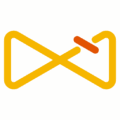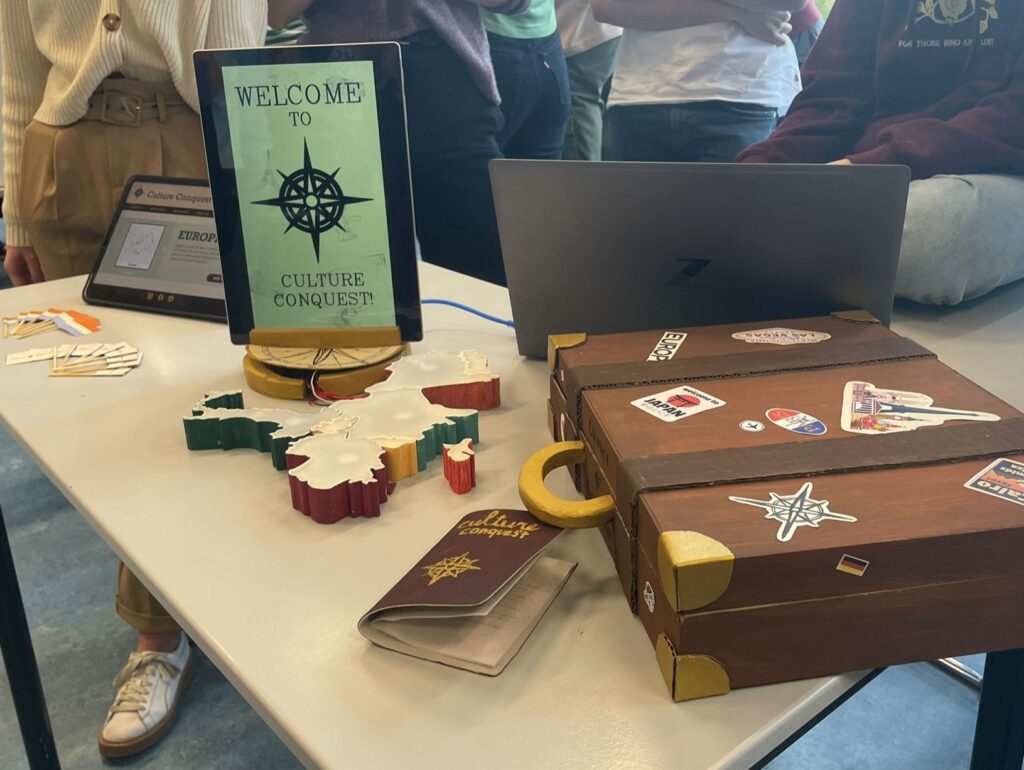
From Idea To Design
Q1 2022-23
From Idea to Design was one of my first courses. In this project, we had to go through a full design process for the first time
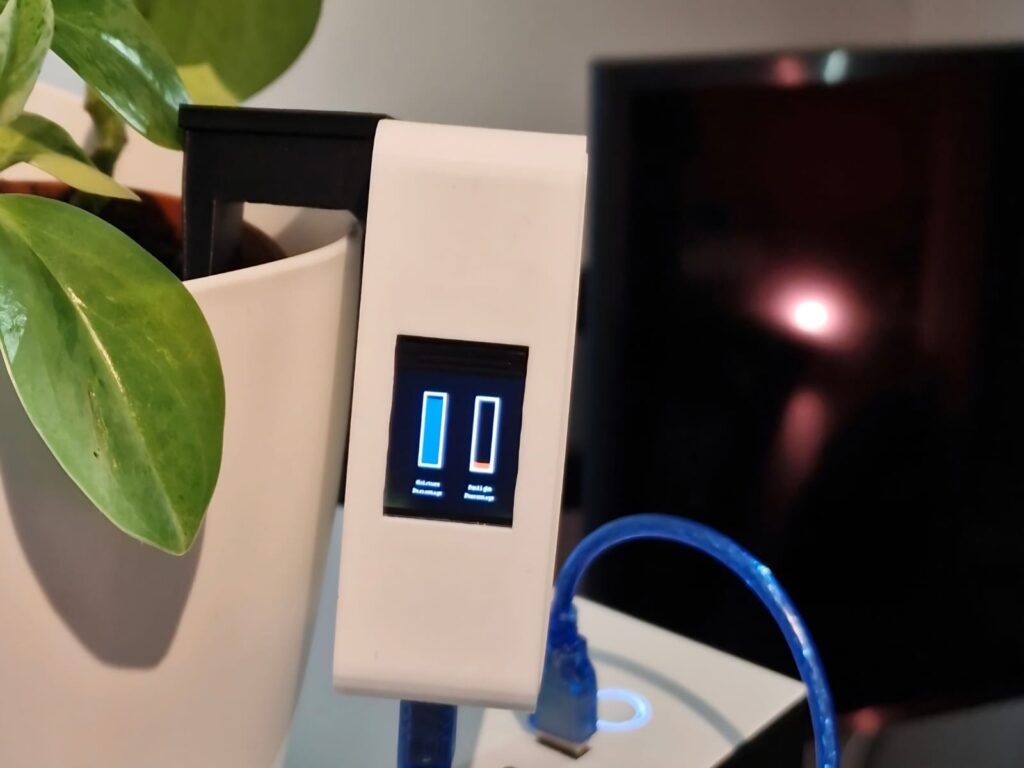
Creative Programming
Q1 2022-23
During Creative Programming, I got introduced to working with electronics and learned how to program them
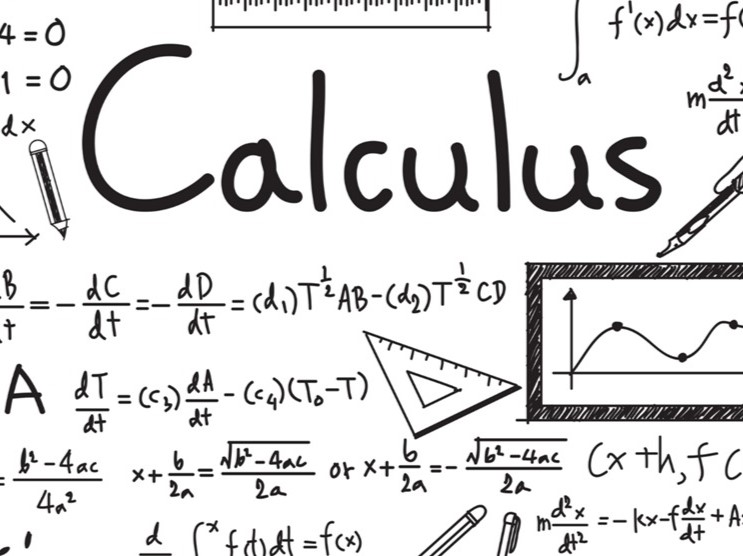
Calculus
Q1 2022-23
During my bachelor, I also had to follow some supporting courses, the first one was calculus. Here I deepened on my knowledge from high-school
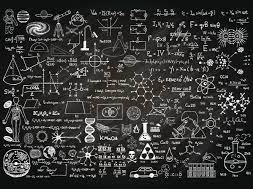
Applied Natural Sciences
Q2 2022-23
Applied Natural Sciences was another supporting course which taught more about physics, such as forces and energy
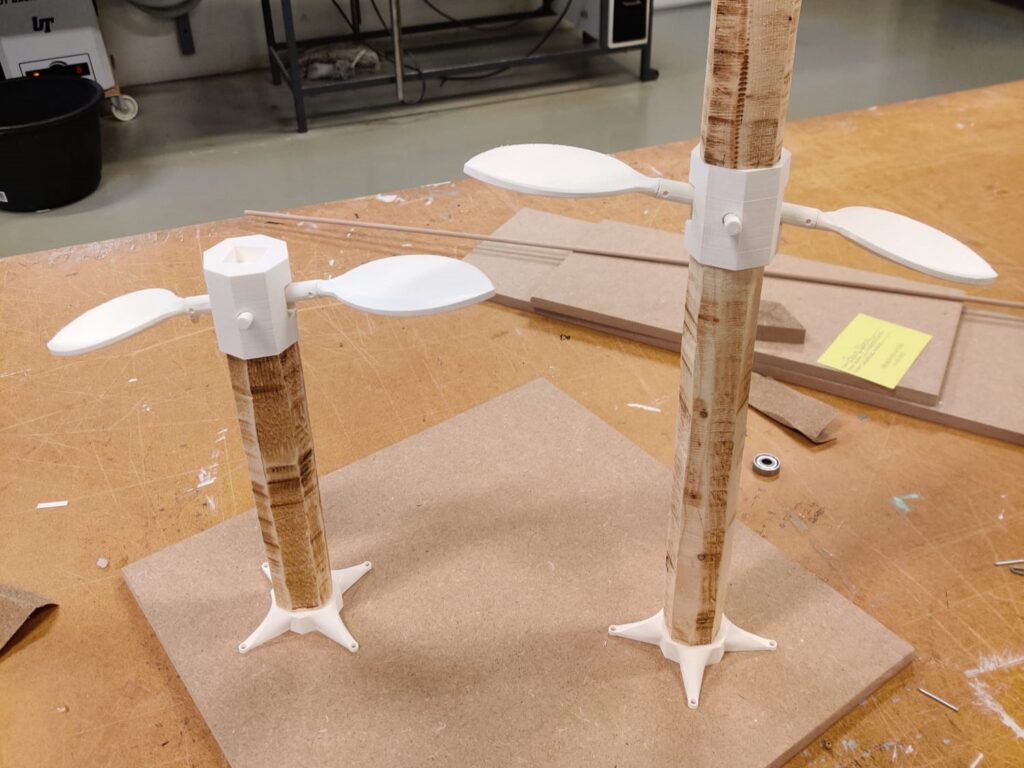
Mech. Design & Manufacturing
Q2 2022-23
This was the first elective which I chose about designing mechanisms, and manufacturing high-fidelity prototypes
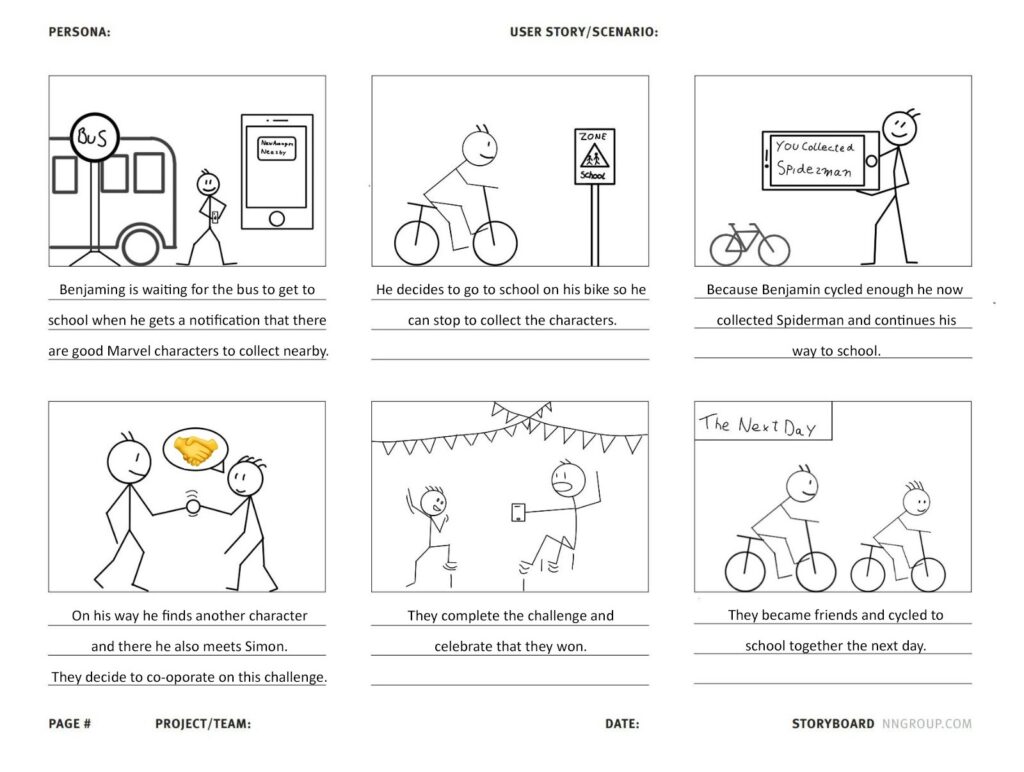
User-Centered Design
Q2 2022-23
In Q2 I followed my first course in the US expertise area. Here, I learned how to identify who the user is and what they want
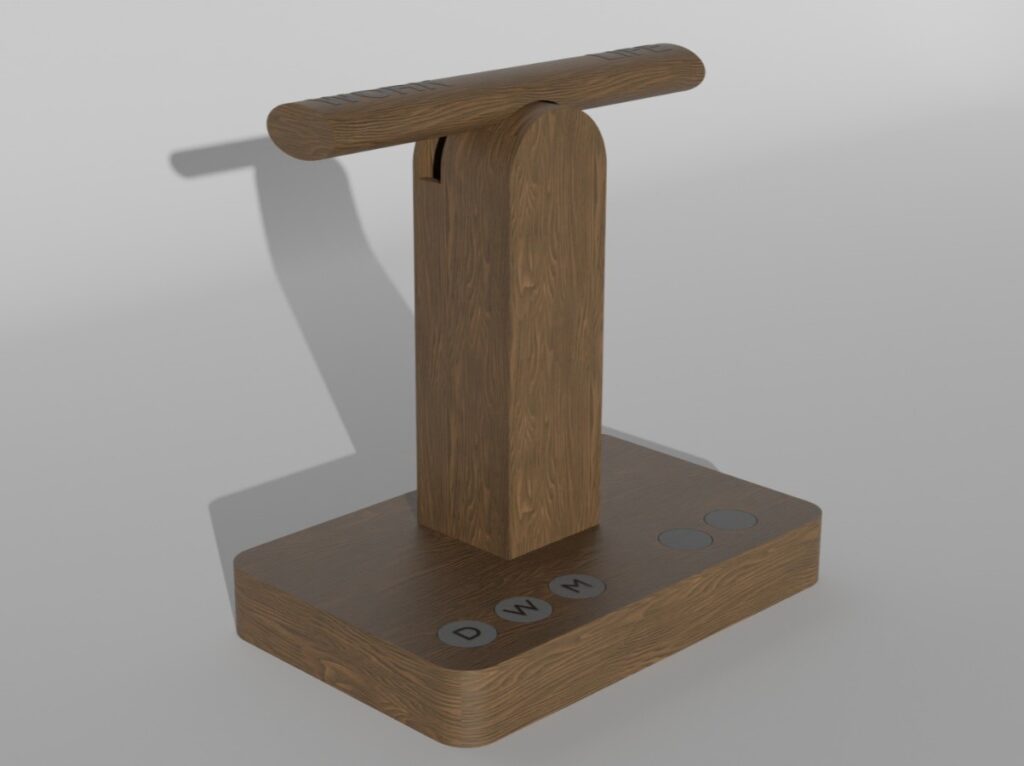
Project 1 Design
Q3&4 2022-23
During the second semester,I had to do a full design project in a small group. Unlike most courses this one took the entire semester

Data Analytics
Q3 2022-23
Building on top of my prior programming knowledge, Data Analytics taught me how to use python to make data visible

Creative Electronics
Q3 2022-23
For Creative Electronics we learned how to make calculations on electronic circuits and also had to design one ourselves.
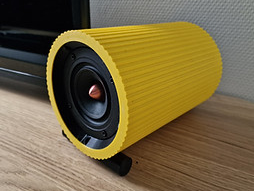
Speakers
Q3 2022-23
Besides my University projects, I also set a goal for myself to make my own speakers. During this project, I especially paid attention to the aesthetics to make them stand out
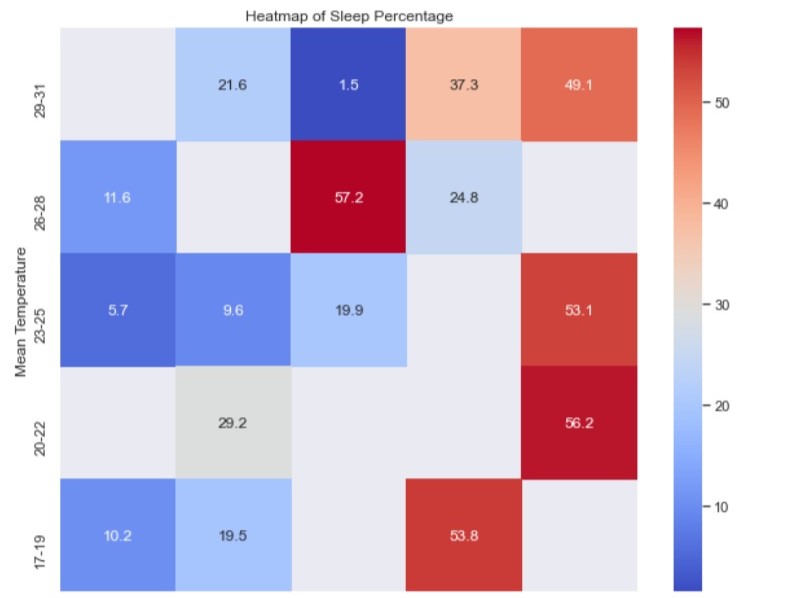
Making Sense of Sensors
Q4 2022-23
During Making Sense of Sensors, we learned how to perform user tests with data collection and later analyse the data
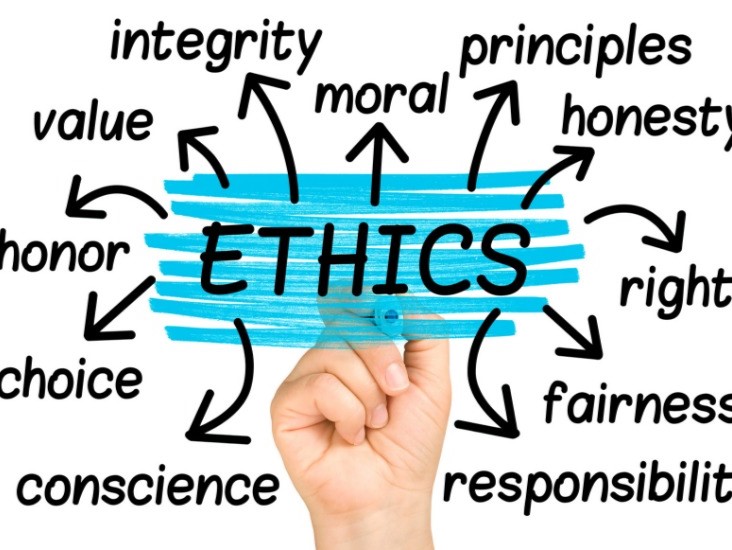
Ethics
Q4 2022-23
During the Ethics course I learned the importance of making ethical considerations for a design. And considering the impact it might have on someone else.
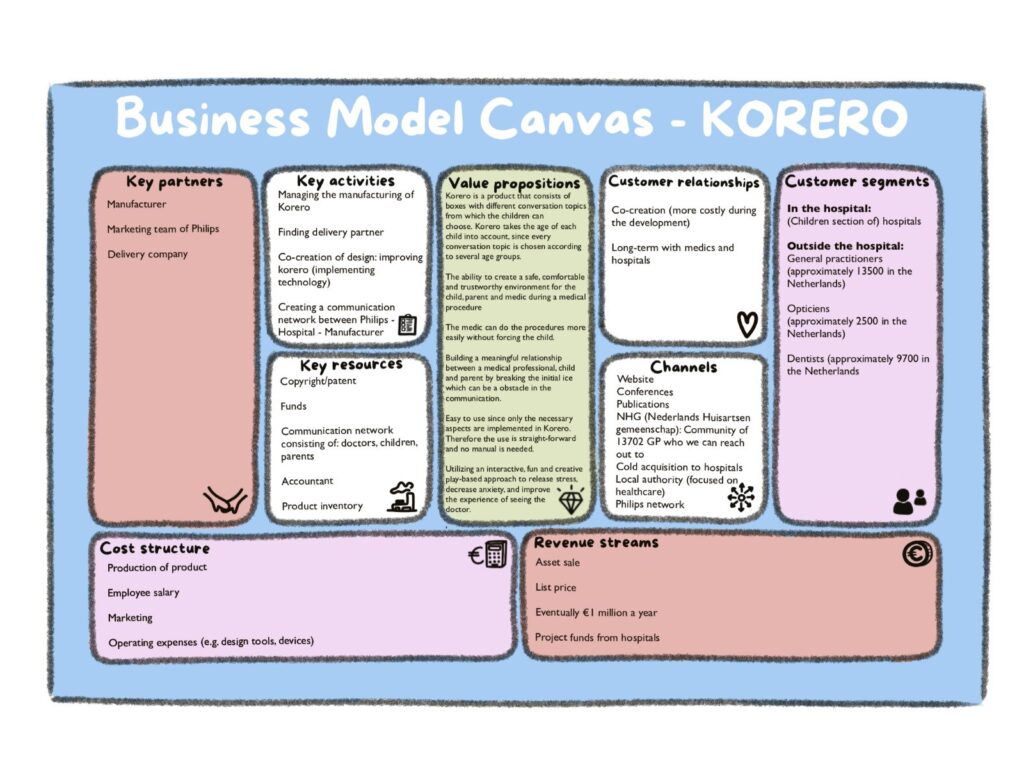
Design Management
Q1 2023-24
To get more familiar with the Business & Entrepreneurship experetise area I chose the elective Design Management
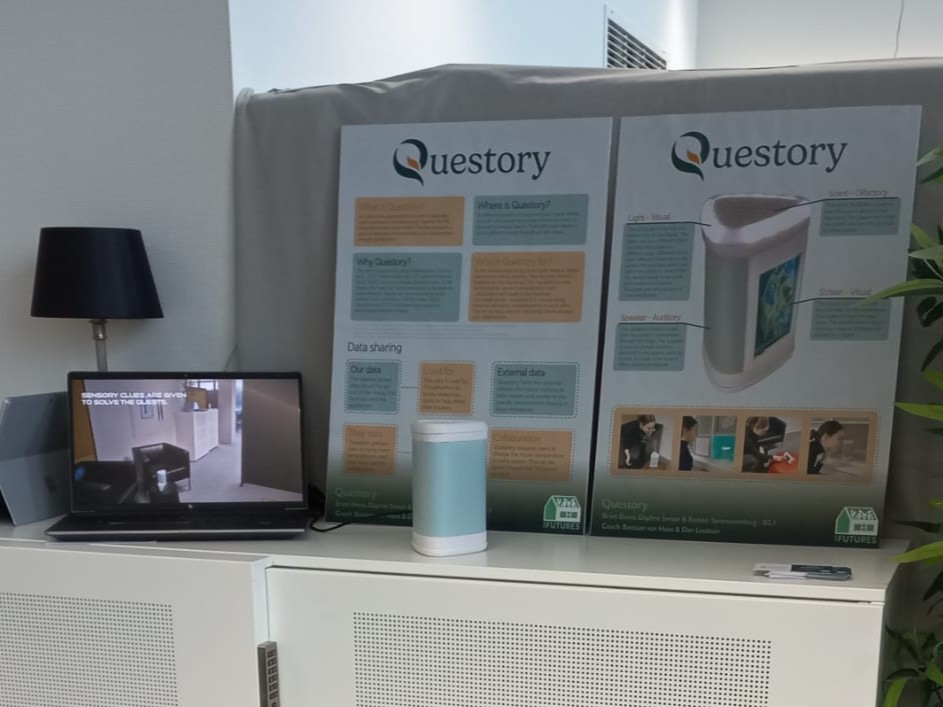
Project 2 Design
Q1&2 2023-24
For my second full design project I chose the new futures squad because of my interest in technology. Here I designed something that turns your house into a game
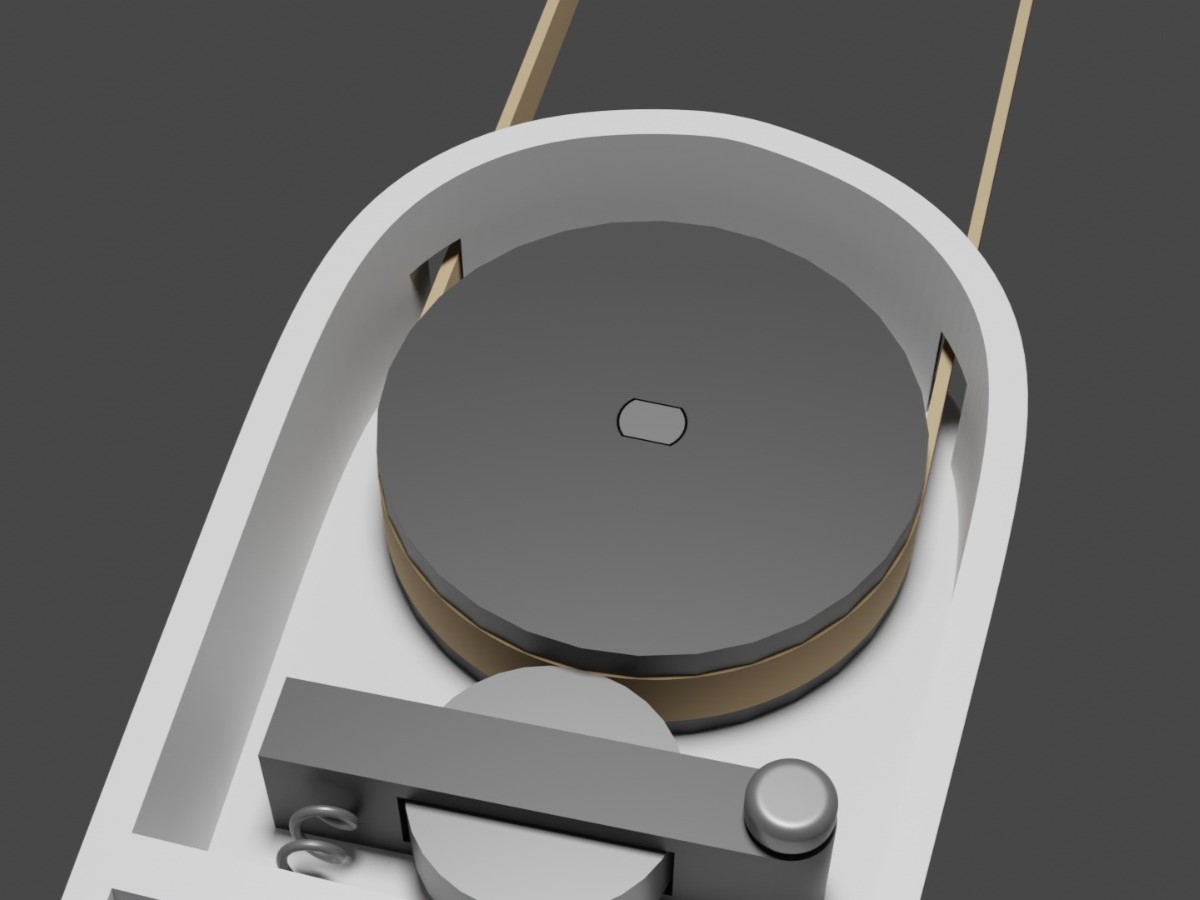
Engineering Design
Q1 2023-24
Engineering design was a multidisciplinary cbl where we, as a group, had to design a product that improves sustainability
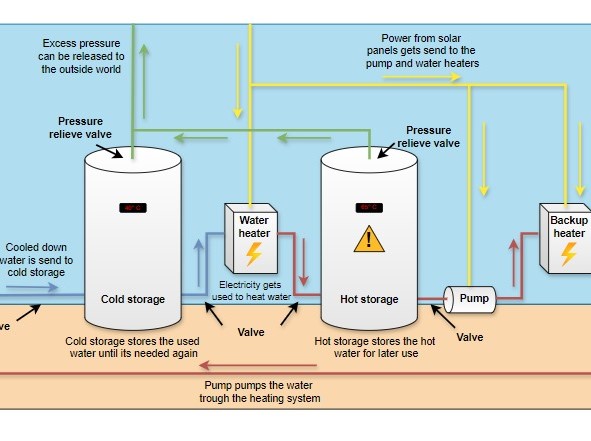
USE: Engineering Design
Q2&3&4 2023-24
I chose Engineering Design for my use learning line. Here, I followed 3 courses, each covering a part of the design process

Design Research
Q2 2023-24
During Design Research I was taught different methods of performing user tests as a form of research
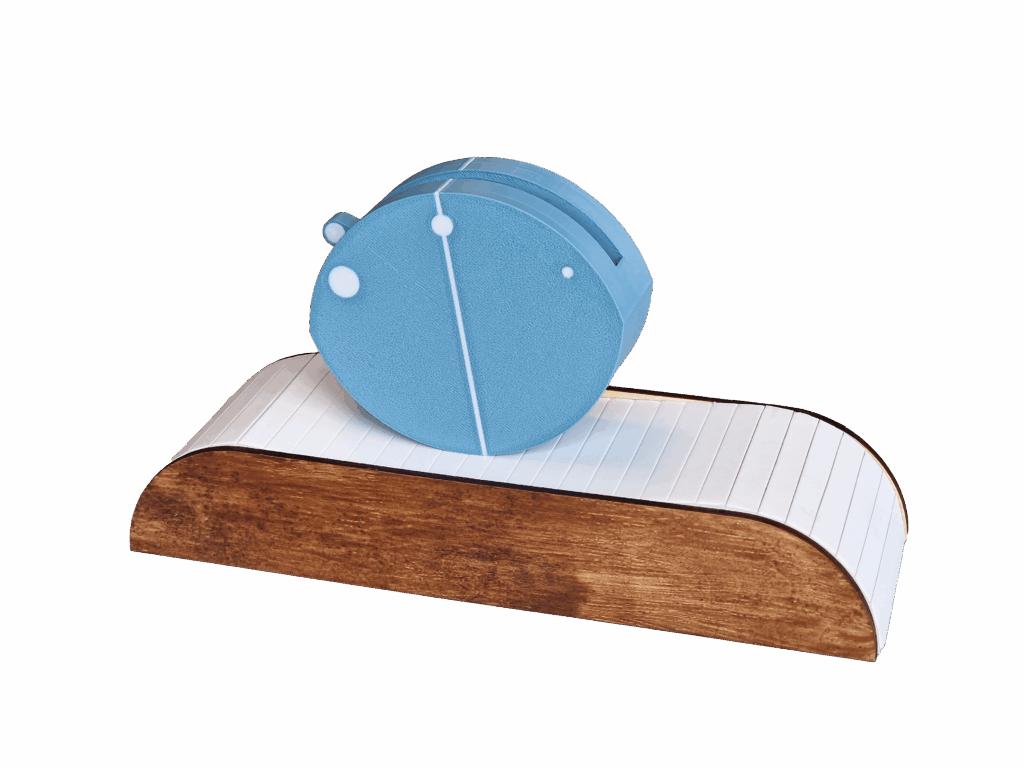
Aesthetics of Interaction
Q3 2023-24
For Aesthetics of Interaction we had to design an alarm clock that was intuitive to use yet it doesn’t rely on cultural aspects such as symbols
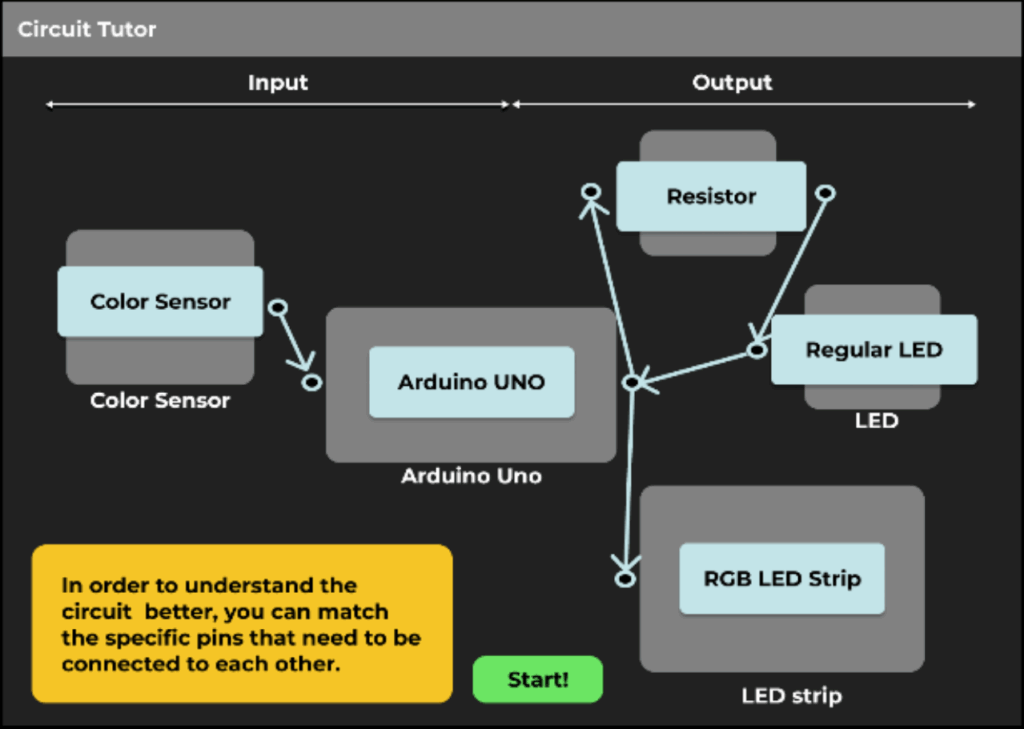
Project 3 Design Research
Q3&4 2023-24
During my research project in the Artifice squad together with my group I created a tool to help designers with electronic prototyping
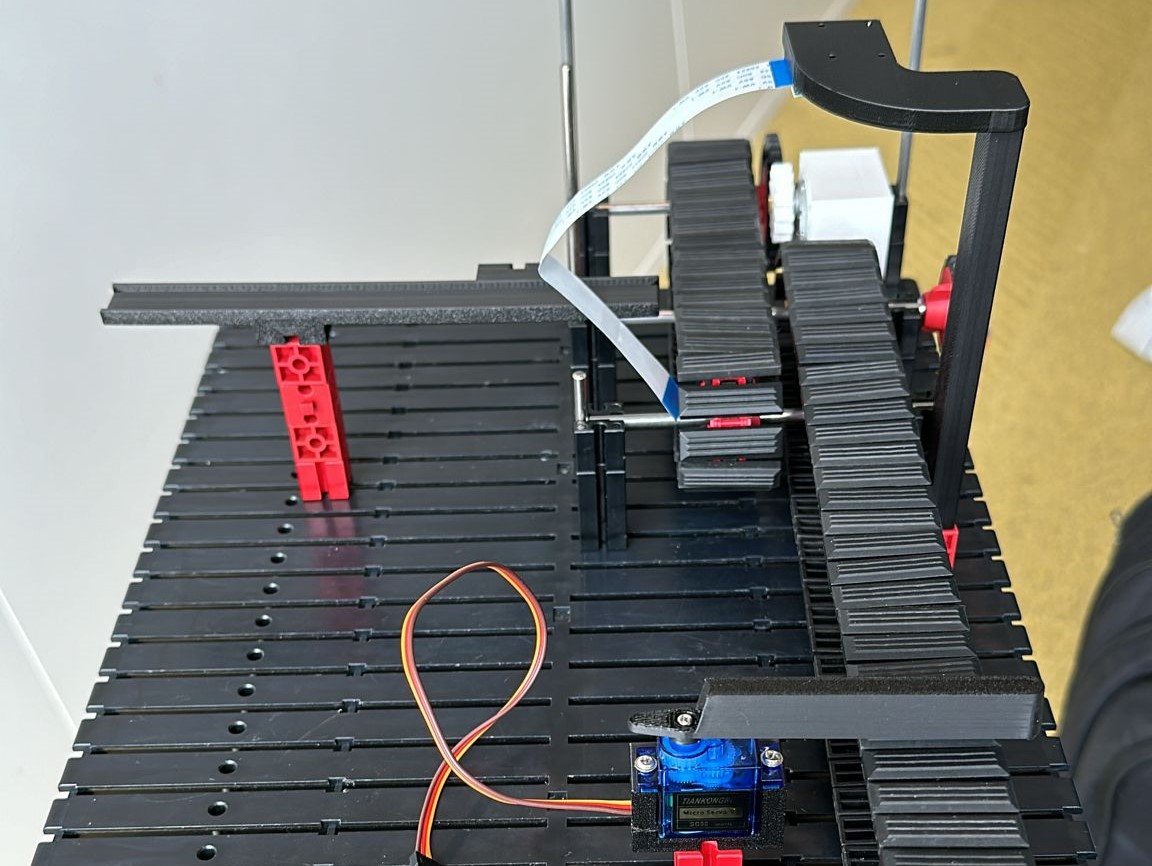
CBL Embedded Systems
Q4 2023-24
To learn more about electronic systems and programming I followed an elective from the computer science department
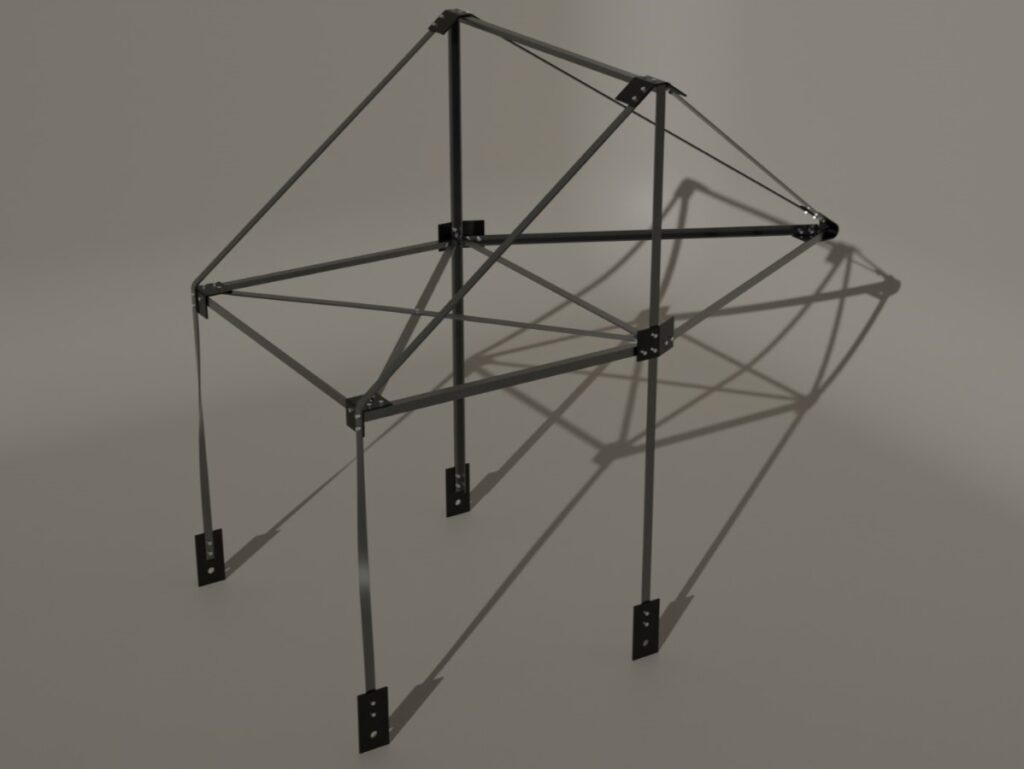
Introduction to Mechanical Eng.
Q1 2024-25
As part of my B3.1 I followed a Mechanical Engineering course to get a better understanding of how rigid something is.
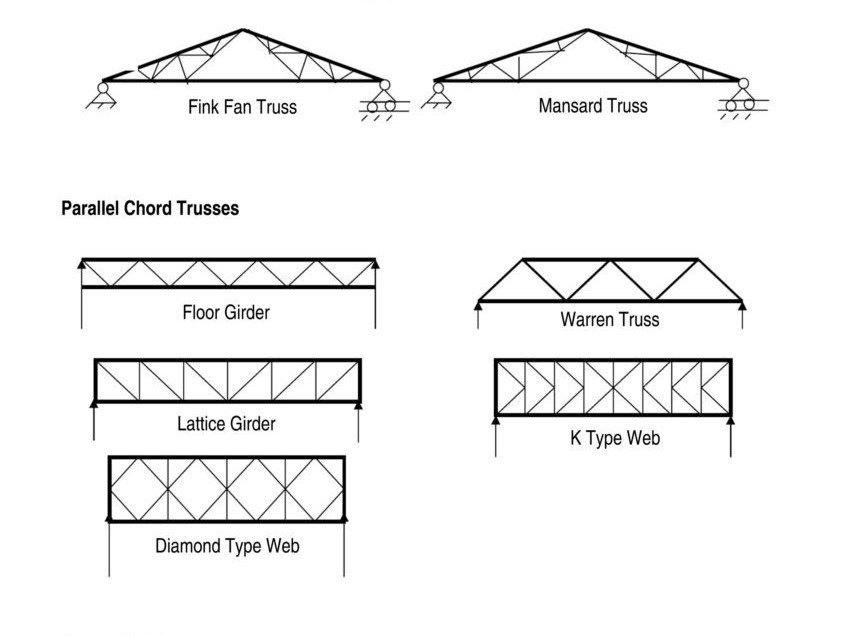
Mechanics
Q1 2024-25
Together with the more practical mechanical engineering course there was this theoretical one providing the base knowledge that was required
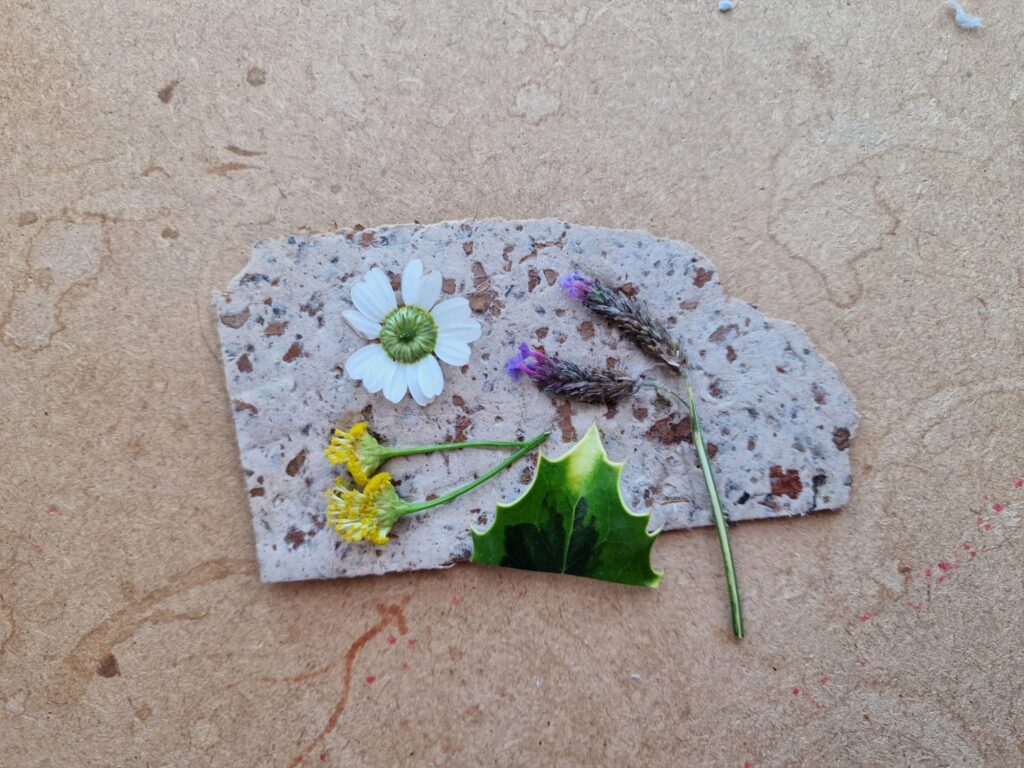
Design for Debate
Q1 2024-25
To broaden my knowledge in design fields, I followed Design for Debate, a course about more than human design.
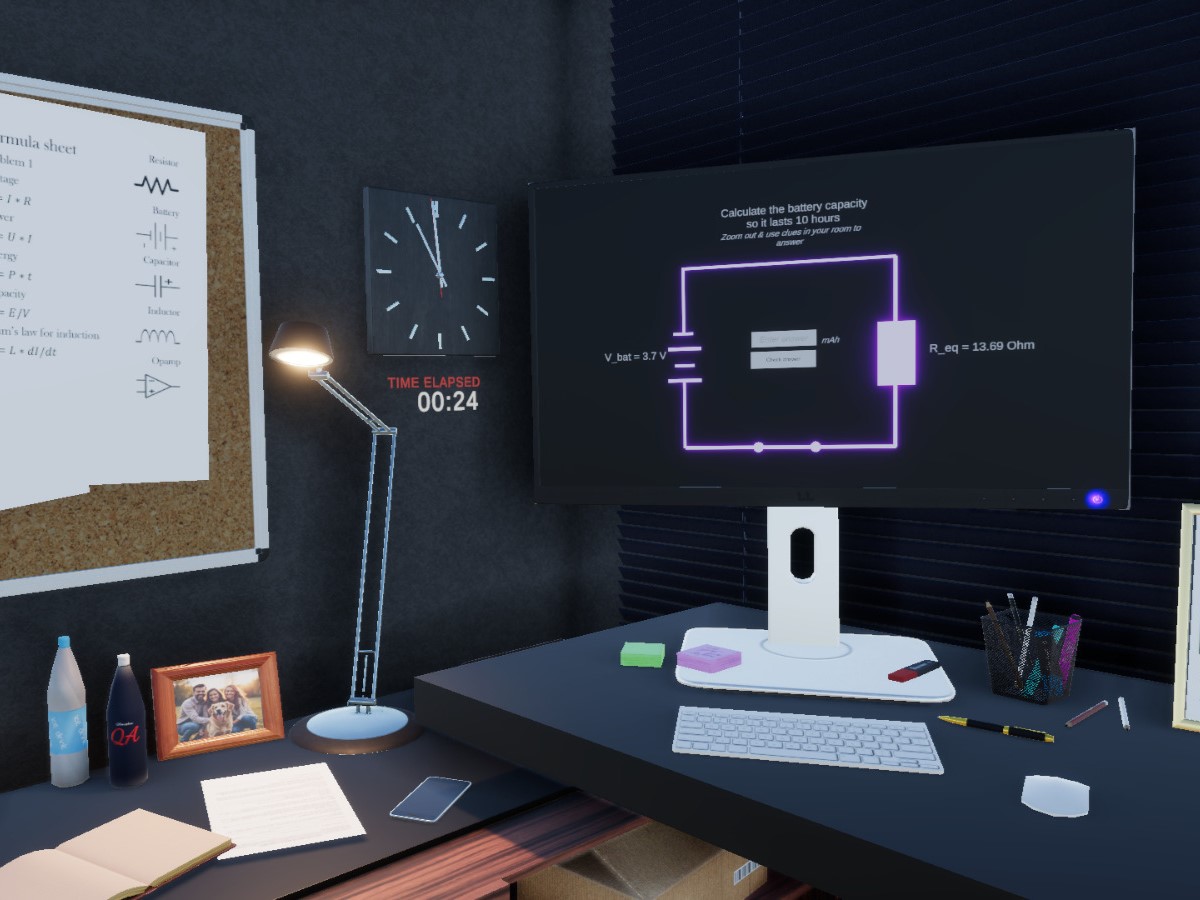
Design for Games & Play
Q2 2024-25
To further broaden my skillset, I followed a course about game design. With this course I hoped to specifically learn more about user experience
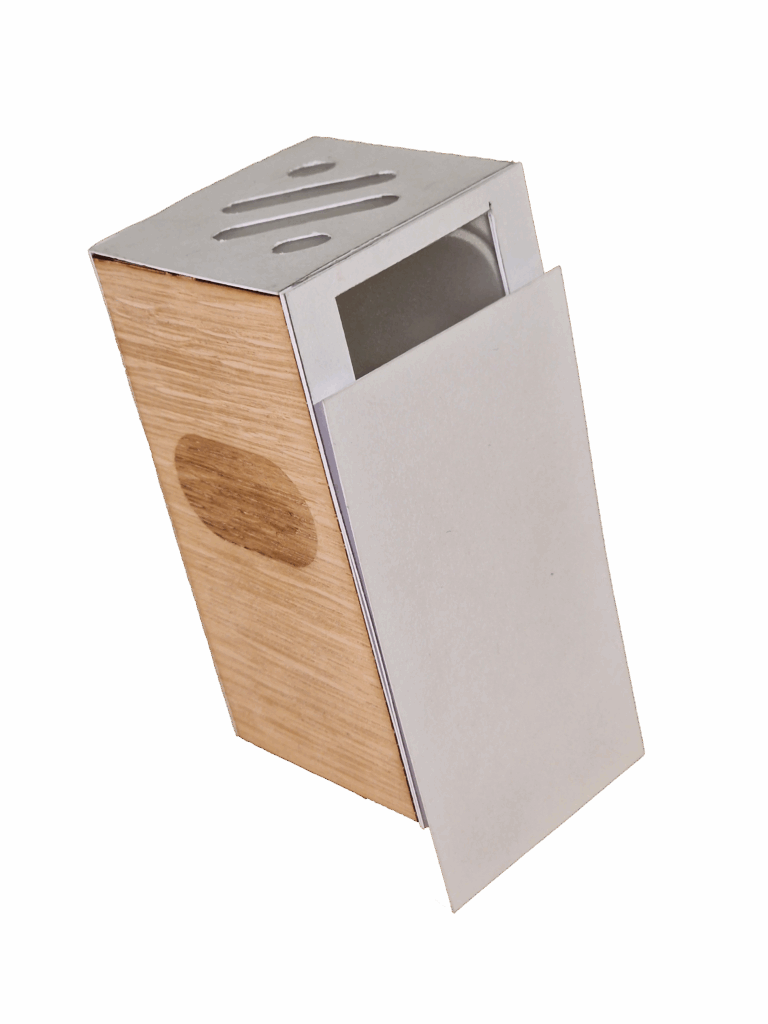
Exploratory Making
Q2 2024-25
The final course of my B3.1 was Exploratory Making, I chose this to deepen my expertise in Creativity & Aesthetics
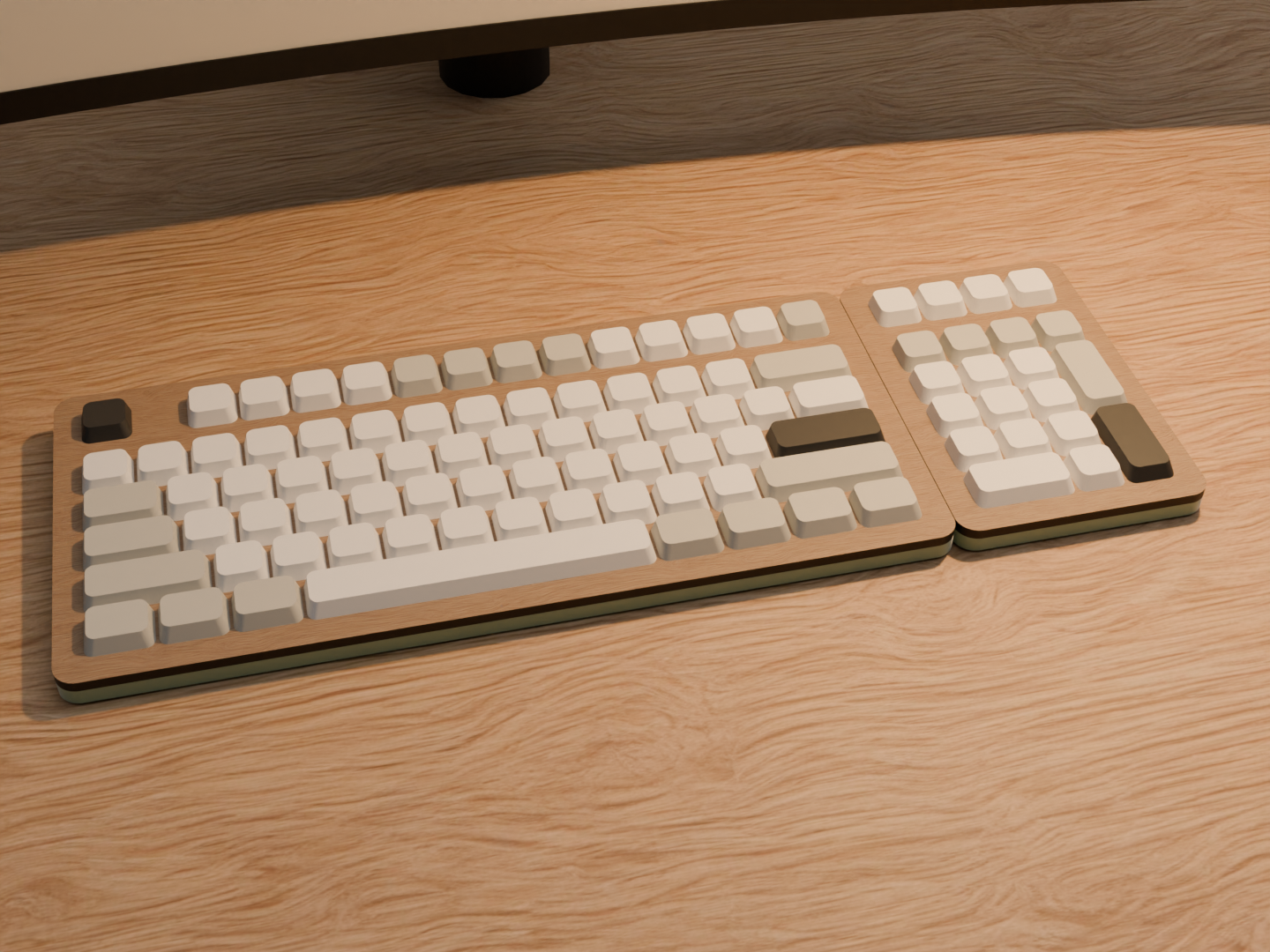
Keyboard
Q2 2024-25
Besides all my electives, I also decided to design a custom keyboard as an extracurricular activity as I was dissatified with the ones currently on the market
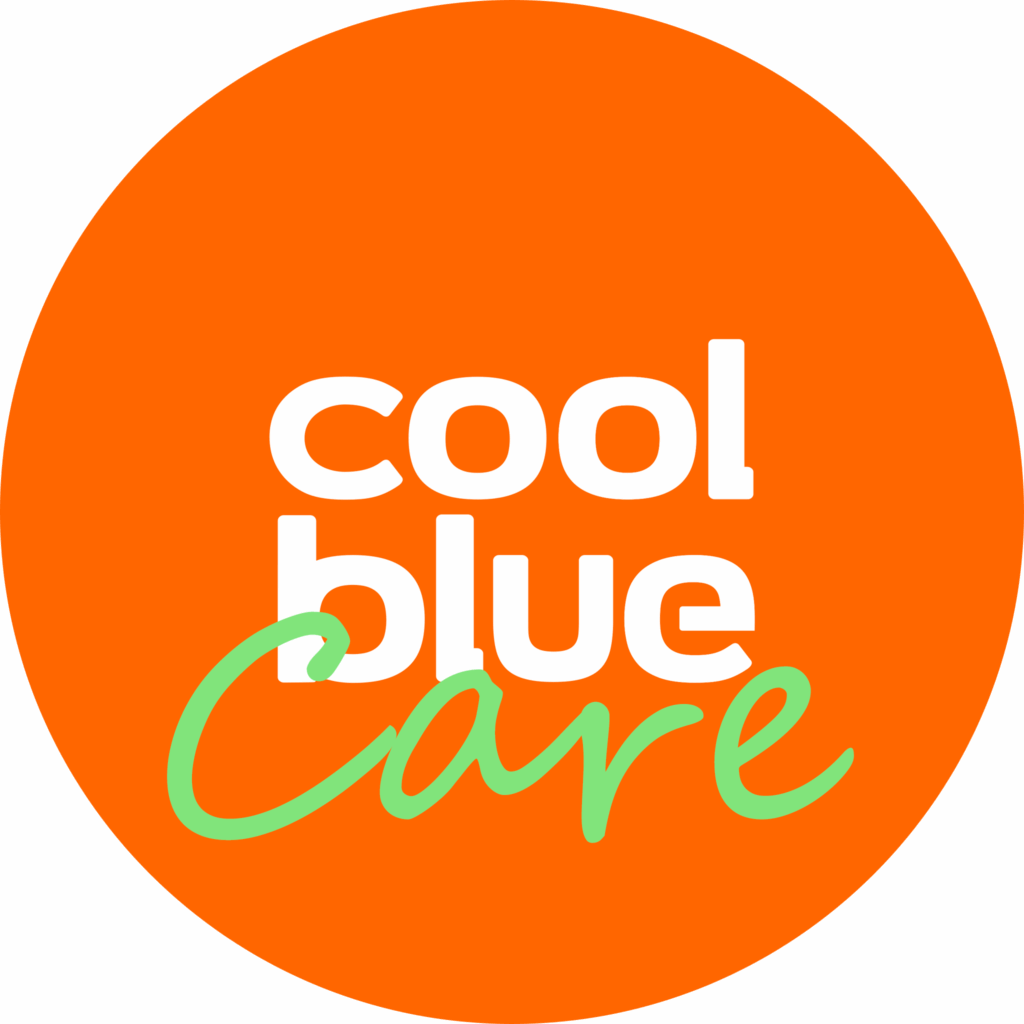
Design Innovation Methods
Q3 2024-25
During Design Innovation Methods, I expanded my knowledge in Business & Entrepreneurship by analyzing a new business opportunity for Coolblue
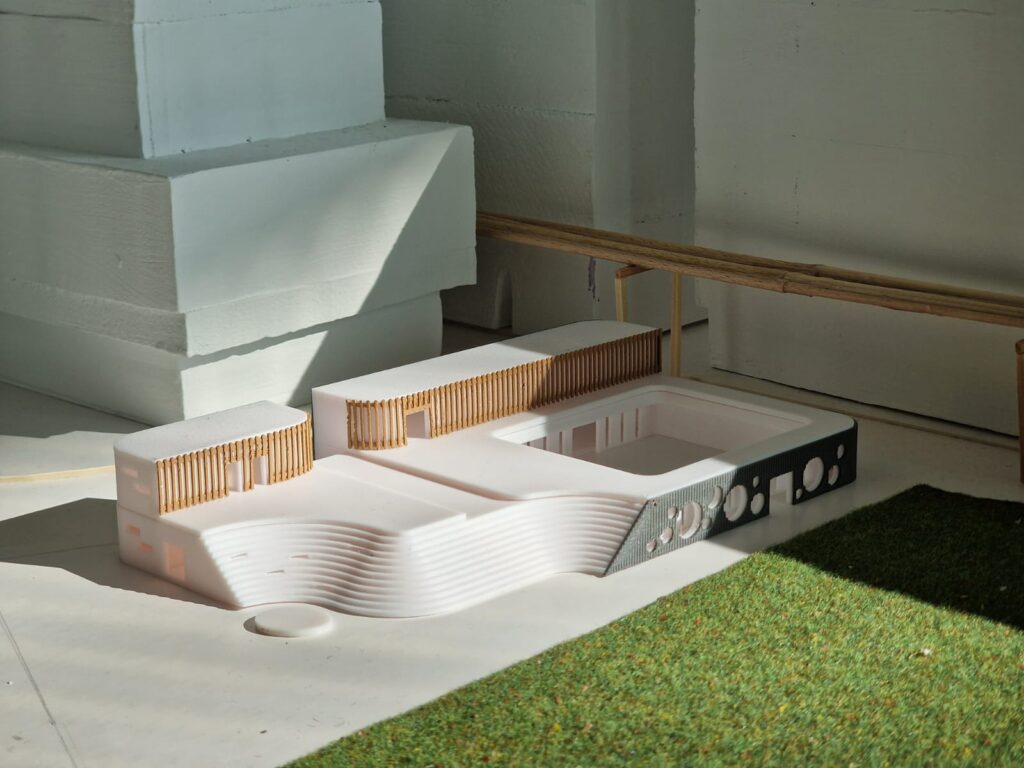
Project Architectural Design
Q4 2024-25
In my final Quartile, I followed a built environment elective where I had to design a building which I chose because of my interest in lighting
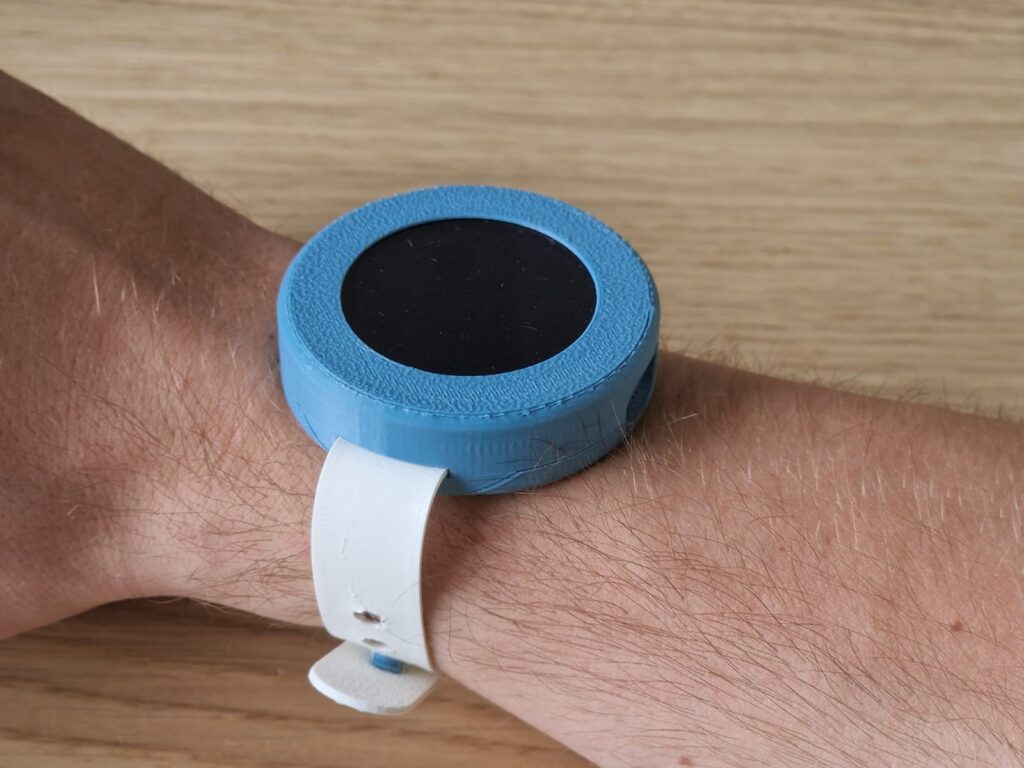
Intelligent Interactive Products
Q4 2024-25
My final elective was Intelligent Interactive Products, this was chosen to deepen my knowledge of Artificial Intelligence
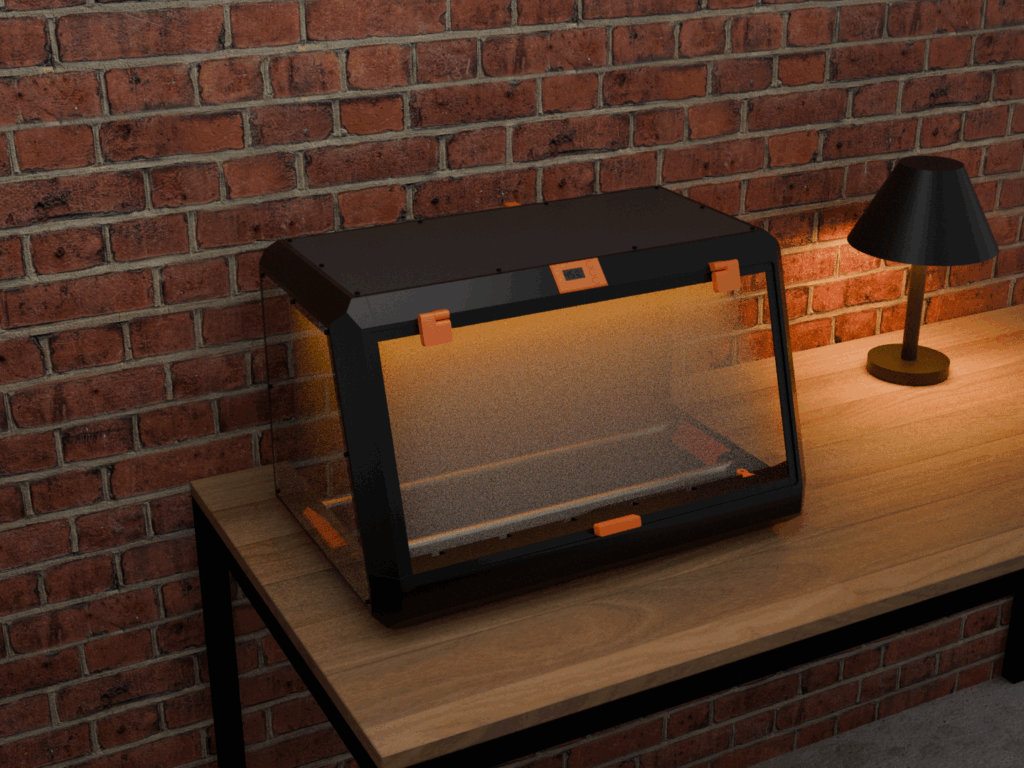
(Un)original Prusa Drybox
2023-2025
Throughout both my second and third year I have been developping my own 3d printing drybox. Over time, this design has seen many improvements and additions.
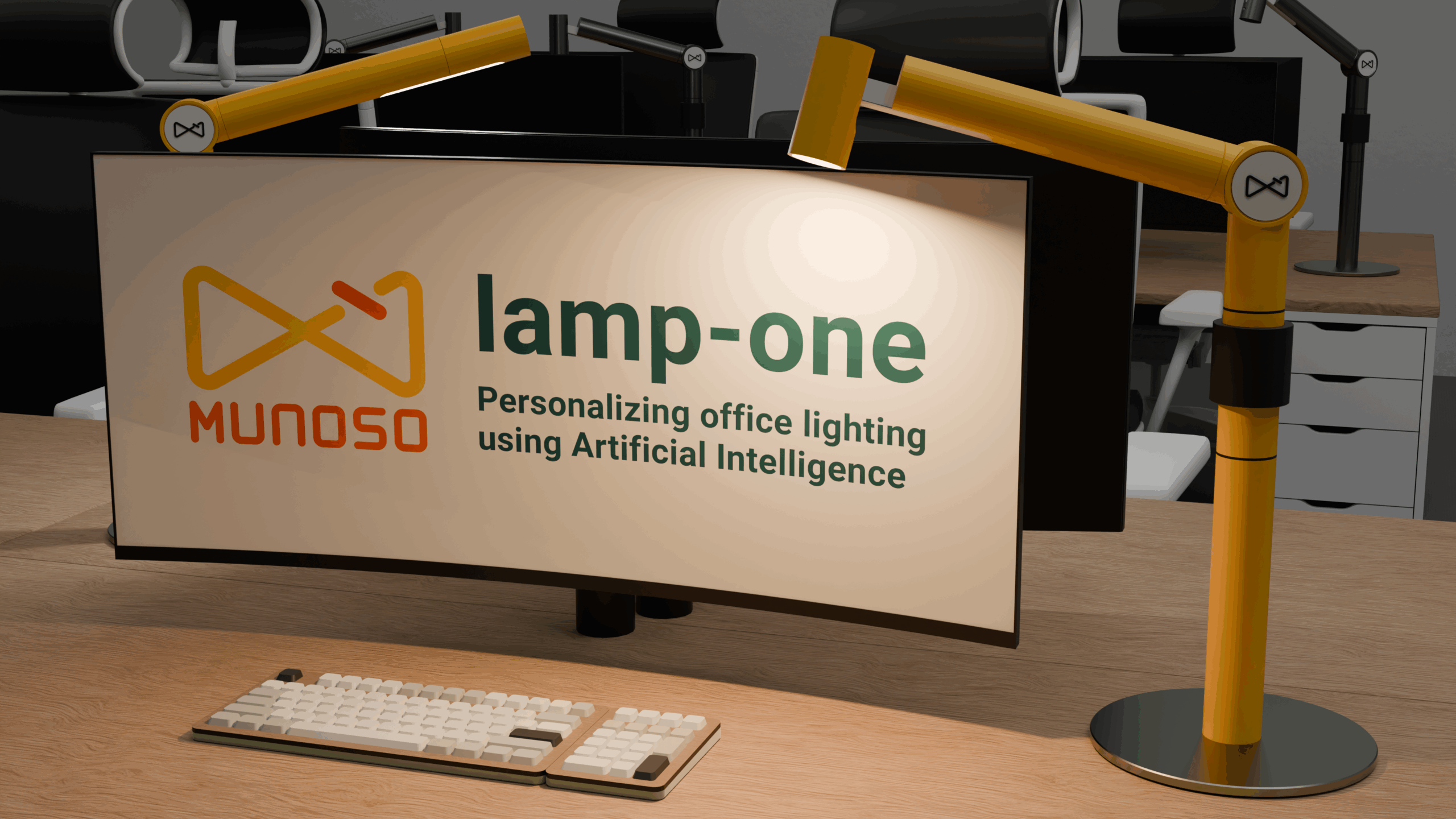
Final Bachelor Project
Q3&4 2024-25
One of the best projects I have done was my Final Bachelor Project. For this project, I chose the topic of using Artificial Intelligence to personalise lighting experiences. Lighting can be very personal, and everyone has different preferences for it regarding both brightness and colour temperature. Therefore, I have created lamp-one, a desk light meant to be used in offices.
In this project, I combined all of the skills I learned during prior courses to complete a full design process. Since I had to complete the entire project on my own, it was sometimes challenging, but in the end, I managed to create one of my best designs yet.

From Idea to Design
CA, TR & MDC
From Idea to Design was the first group project I followed during my bachelor. In this project we were tasked with designing an (educational) game. As the name of the course implies we had to intially come up with an idea and using the Reflective Transformative Design Process turn it into a design.
During the project we were introduced to the 5 expertise areas, all of which were used though some more than others. I especially learrned the importance of the Creativity and Aesthetics of a design as a coherent design language is necessary to communicate the purpose of the product. I also gained a lot of experience in the Technology and Realization expertise area as I was in charge of figuring out what electronics were needed, how we should attach them and help programming them. The latter is part of both the T&R as well as the Math, Data and Computing experise area.
Overall, this project has taught me a lot about the steps of a design process but also new skills such as making mid and high fidelity prototypes.
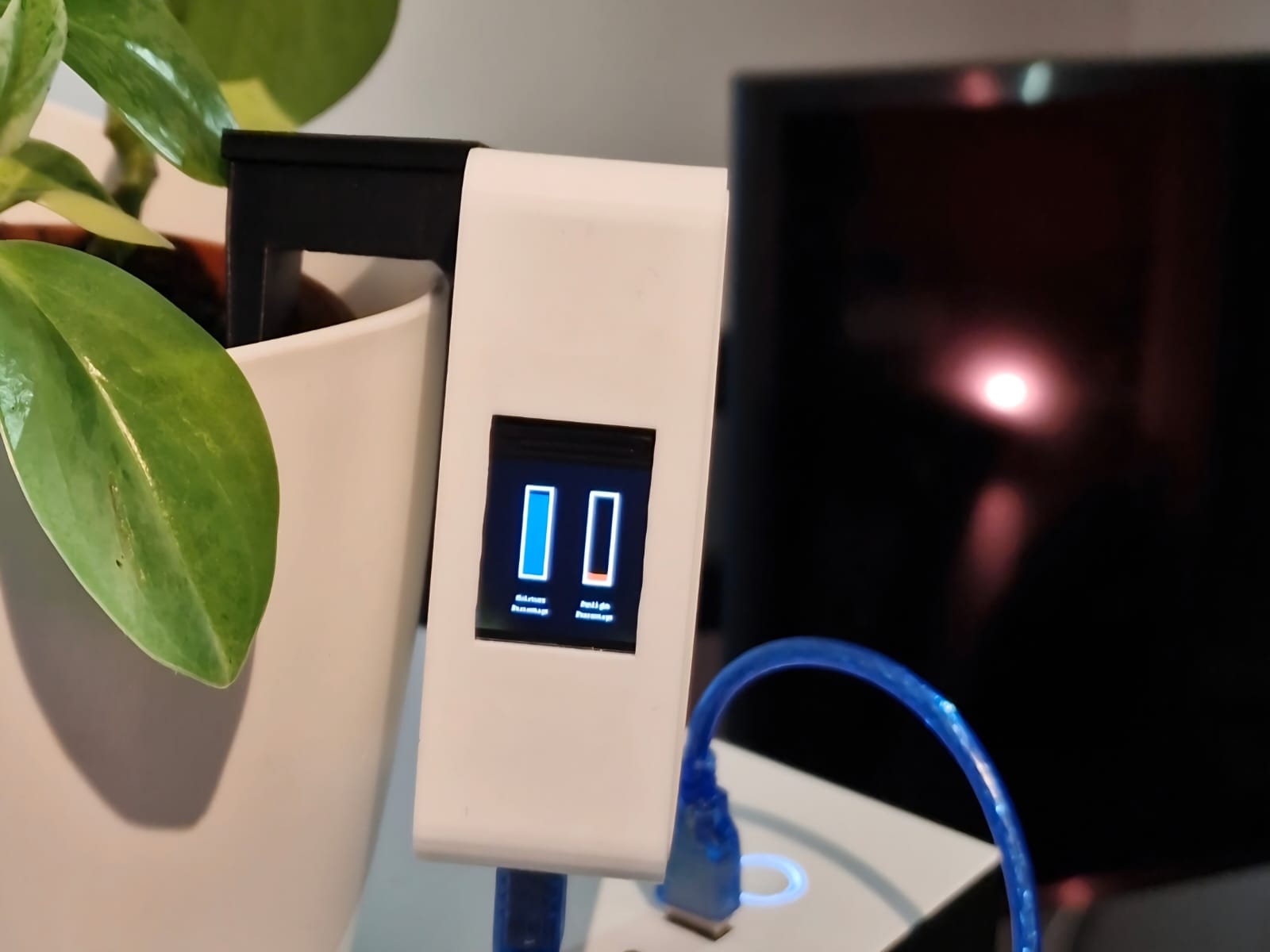
Creative Programming
TR & MDC
Creative Programming was the course that introduced me to working with electronics and how to program them. Initially, we were taught how to use Java trough Processing to create digital images using code. Later on we were also introduced to using Arduino micro controllers and how to program them using C++.
During this course I challenged myself to not only have the arduino collect data and use it for a visual output in Processing, but also make it into a functional design with a user interface on the device itself such that it could actually be used.
This course showed me how intertwined the TR and MDC expertise areas actually are even though it might not look like it on the surface. In hindsight Creative Programming could also be marked as the start of my interest in designing with technology, which is something that has greatly influenced my PIV.

Calculus
MDC
During Calculus I deepened my high school knowledge on algebra, integrals and vectors. Calculus was one of the supporting courses which I had to follow throughout my bachelor, these courses provided me with the background knowledge required for other courses and projects.
Throughout my bachelor calculus has helped me calculate dimensions with pythagoras, or helped calculate the volume of a design to estimate its weight. However, some of the skills and formulas I learned weren't as useful, an example of this are integrals which I rarely had to use and in the cases where I had to use it my high school knowledge would have also been sufficient.
Overall I still think the course has added value to my development even though it is not as clearly visible as the skills I have learned during other courses.

Applied Natural Sciences
MDC
Following Calculus, the next supporting course was Applied Natural Sciences. This course built on top of both the knowledge gained during calculus as well as high school physics. Just like Calculus this course has proved useful in many ways but some parts also weren't as useful.
Some of the things that have proved to be very useful are knowledge on electricity which helped me get a better understanding of electronics and how they work. Another example are calculations with forces which have proven to be useful when designing mechanisms or calculating the material properties a part needs.
Overall, this knowledge has been quite useful but just like calculus only been visible on the backend.
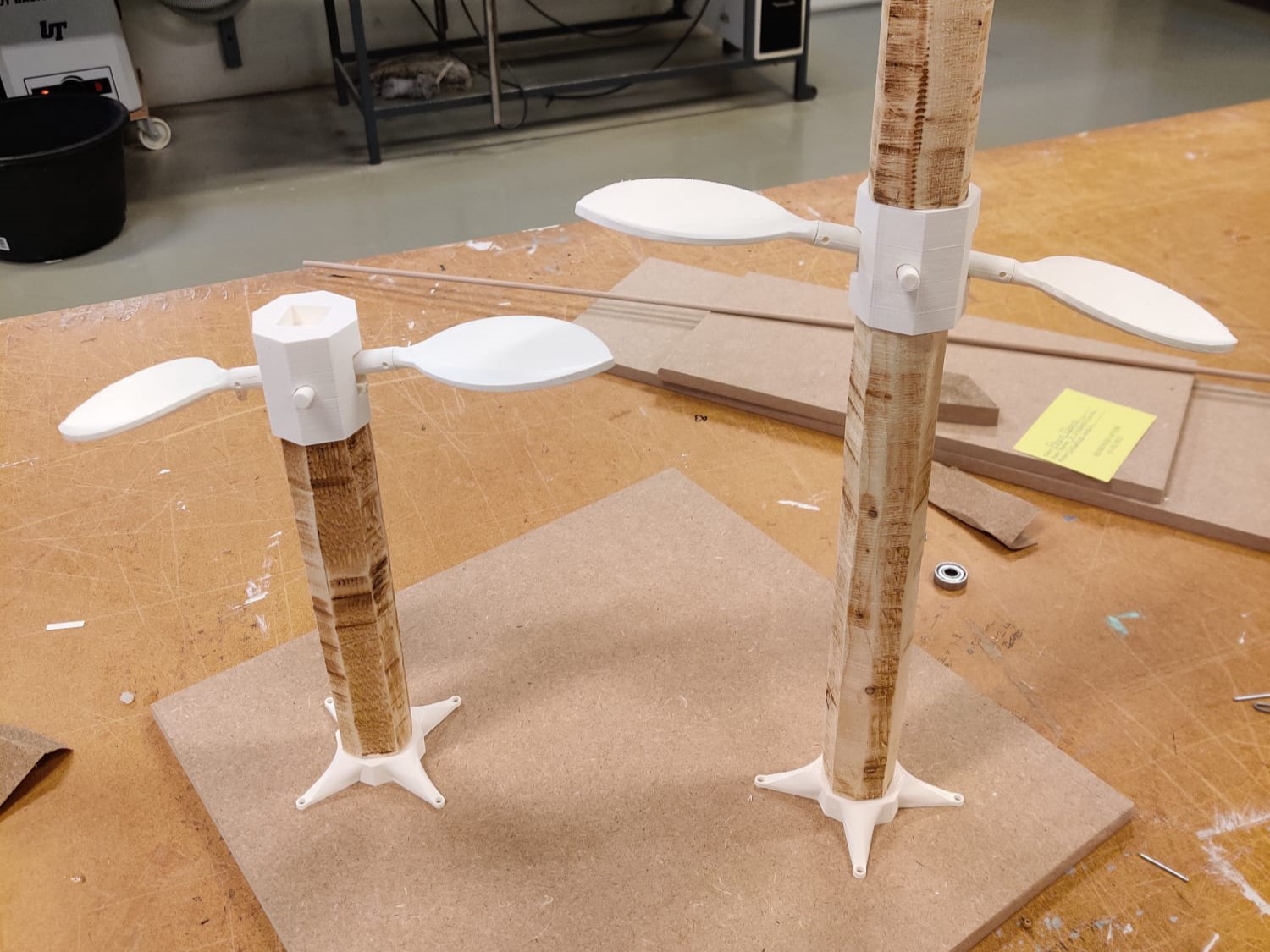
Mechanical Design, Engineering & Manufacturing
CA & TR
Recently have gotten interest in 3d printing and making high fidelity prototypes, I decided to choose Mechanical Design, Engineering & Manufacturing as my first elective. This course was a hybrid of both theoretical lectures as well as a design project. During these lectures we were though about material properties such as its strength annd elasticity, how to design rigid parts using geometry and finally various rapid prototyping machines such as 3D printers. Lateron we had to apply this knowledge by designing a marble runway using the various mechansims that were taught.
Overall, I would say this is one of the courses with the most influence on my PIV and development. I have applied the knowledge gained during almost every course when creating prototypes and it has also fueled my interest in designing mechanisms and physical parts. This couurse has also sparked an interest in learning how to actually manufacture a design but unfortunately there weren't any courses available on that.

Project 1 Design
TR, US, CA, MDC
As this was my first full design project. During this project we applied most of the methods that we learned in the prior courses. We started out by planning out the project and brainstorming ideas as we learned during From Idea to Design. We wanted to create something that improves the user's work life balance. To get a better understanding of the users, we started out by performing some low level usertesting, this allowed us to quickly get an overview of their needs.
Since we were with quite a large group we then decided to divide tasks to have everyone work on something of their interest. I was in charge of prototyping, this included picking electronics, programming and 3D modelling the design. From the previous courses I already had some base knowledge in this however it also introduced me to many new challenges which helped me develop my skills in the TR and MDC expertise area.
Overall, this project taught me how to combine the different methods learned during the previous courses. Since we had more time than with a regular project it enabled us to come op with a more well rounded concept that alligned with the user's needs. This is something I really enjoyed as it is a more rewarding feeling. Besides further developping most expertise areas, I also got more accustomed to working in a group, especially since not everything always went smootly. Finally, I developped professional skills such as pitching and presenting a concept.

Data Analytics
MDC
Before I already had some prior knowledge of working with python and other programming languages such as Java and C++. The course Data Analytics showed me many different ways of cleaning and visualizing large datasets. By converting these datasets into for example histogram plots or heat maps you can more easily see if there is a pattern to be found, this is useful as the raw numbers are often hard to interpret.
Overall, this course has taught me how to visualize numbers such that you can find patterns between them. I believe this is a valuable skill that can be used to analyze data that is collected during for example a usertest. Therefore this is also something that I have used more often since.
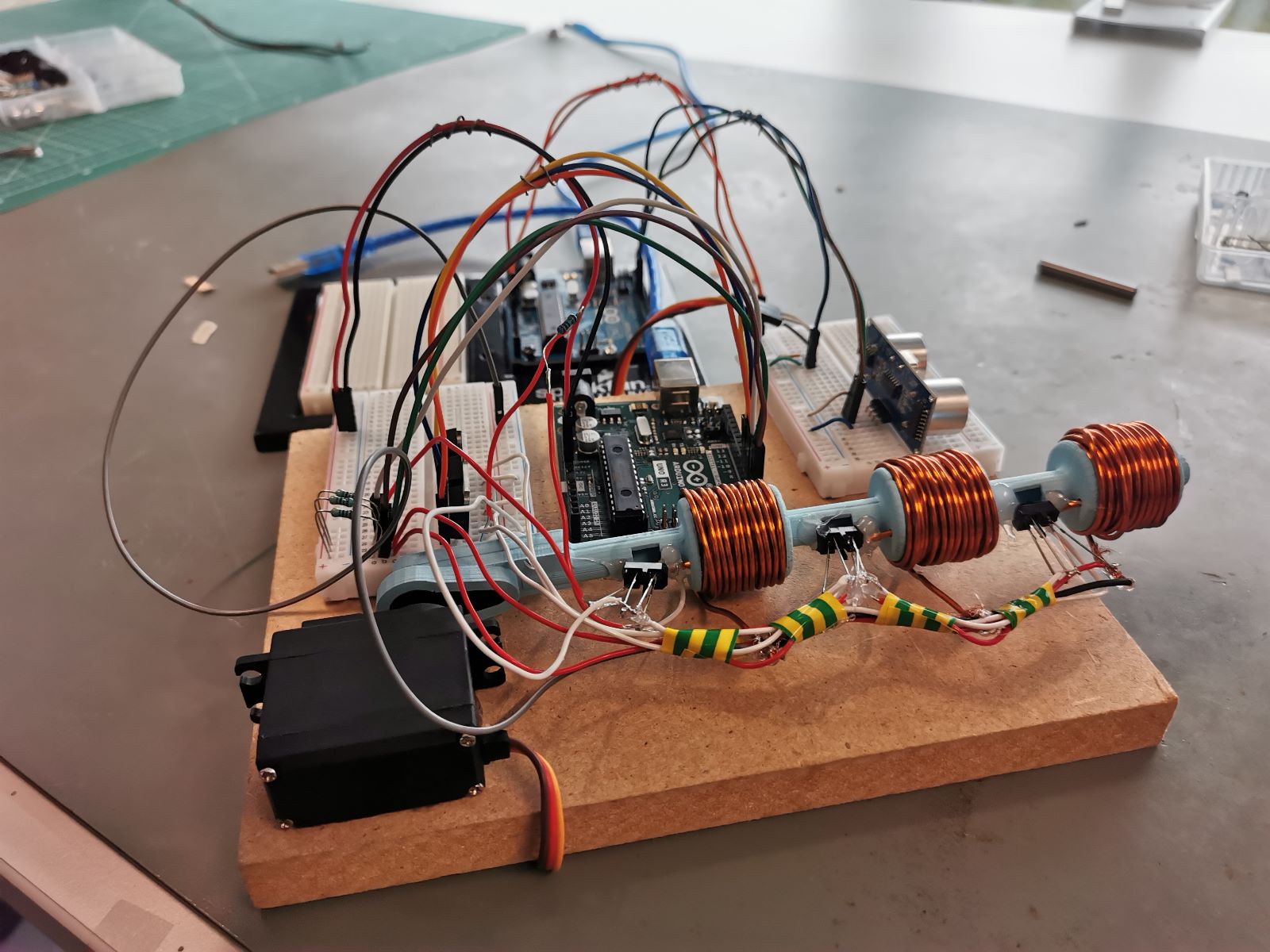
Creative Electronics
TR & MDC
The course Creative Electronics consisted of two parts. first of all there were lectures explaining the theoretical knowledge. This included learning how to calculate which resistor to use (the prior knowledge learned during Applied Natural Sciences really helped with this), the workings of simple components such as transistors or op-amps and how to read datasheets so you can find what numbers you have to calculate with. Besides that the course also had a practical part where we had to apply this knowledge by designing a circuit in duos.
Together with my duo I designed a device which accelerates a metal part through a tube by switching magnetic coils on and off. Unfortunately we couldn't make the device fully work as the copper coils weren't large enought to provide a strong magnetic field, this was expected based on the calculations made beforehand. Larger coils were unforunately out of budget. Nonetheless the proof of concept we made taught us a lot we did right but also how we can approach such a problem better in the future (e.g. using thinner wire for the copper coils).
This course gave me some of the skills I needed to properly work with electronics. This was really important for my identity and vision as I want to design with and for technology.

Speakers
CA, US & TR
Besides my University projects I also set a goal for myself to make my own speakers. The aim was to make speakers that are minimalistic but still interesting looking as well as modular in some way. This project enabled me to make a design process from beginning to end. It involved everything from making different concepts for the shape and appearance of the design to selecting electronic parts and 3D printing In the end I ended up with a set of stylish Bluetooth speakers that lived up to my goal, they have a simple yet interesting look and the outer shell as well as the amplifier tray are made modular such that they can easily be replaced or swapped for a different design.
While designing them I also paid attention to the user experience, ensuring that they can easily be connected both wired and wirelessly. I ended up making them use True Wireless Stereo, this way both speakers can be used seperately as well as in a pair with stereo sound with the only cable being a power plug. The power circuit is designed in such a way that you can just plug them in using any USB-C phone charger.

Making Sense of Sensors
MDC
During Making Sense of Sensors I learned how to combine my prior knowledge of working with Arduino's with data analyis. in groups we had to analyze factors which influence sleep. To analyze this, we used a smartwatch to track the heartrate during the night and found from other papers that a lower heartrate corresponds to better sleep. At night we then set up an arduino with temperature sensor that logs the temperature at the same intervals as the smartwatch logs the heartrate. Finally the activity during the day was measured using the smartwatch. In the end all the data was normalized and analyzed using python and several of the methods learned during the Data Analytics course.
This method of data collection would be especially useful when testing electronic prototypes as these often already collect a lot of data from either the user input or the evironment. Using prototypes that collect data in the mean time is also something that I have worked more often with since and will continue to keep working with.

Ethics
US
As the final course of my first year I followed the course Ethics. This course taught me te ethical implications a design might have. During the course we had to research hostile architecture, this means infrastructure targeted at preventing for example homeless people from sleeping somewhere. We analyzed why it exists, who it benefits and also who it harms. This gave me a valuable insight in the ethical decisions that were made to place such infrastructure, or rather, the lack of ethical considerations.

Design Management
BE
As I didn't have much experience with the Business and Entrepreneurship expertise area, I chose the Design Management elective to get more familiar. During this course we had to design a product by looking into the business opportunities. This course has taught me some valuable methods of identifying the desirability and viability of a product by making for example a business model canvas, swot analysis or value propositions.
Even though I have learned many interesting methods to analyze the viability of a design. I also found out that I don't have a high interest in this expertise area as I would have hoped that it focused more on taking a final design to a product.
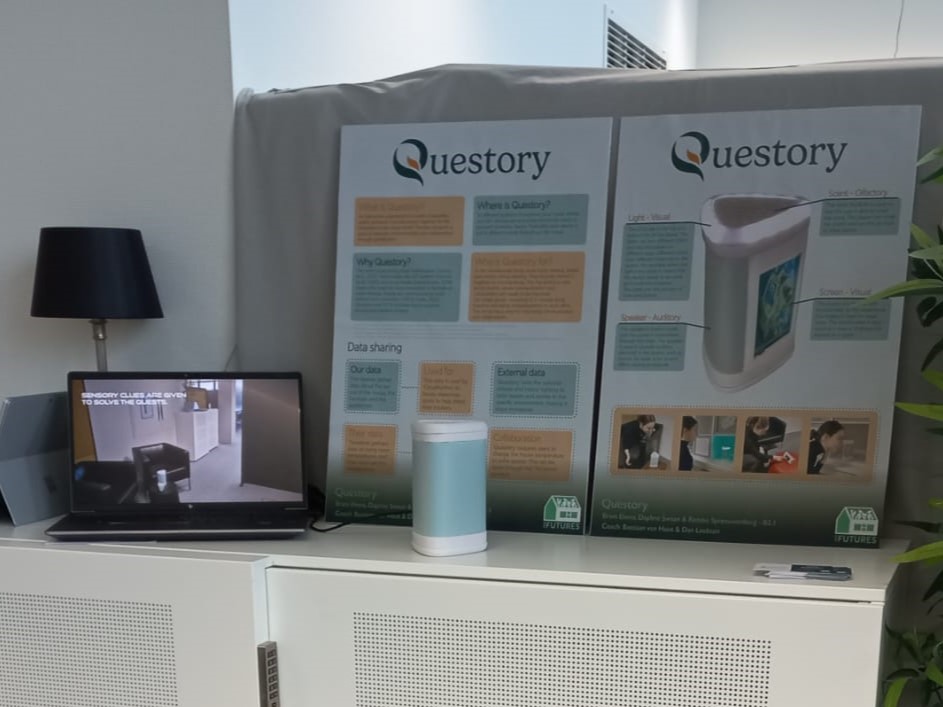
Project 2 Design
TR, MDC, US & CA
For my second project I chose the New Futures squad because of my interest in technology and smart systems. During this project my group and I tried to integrate all expertise area's. The task was to create something that makes you feel more connected to your home, for this we made questory, an excape room like game that uses all the smart devices that are already in your home to give clues and eventually solve the mystery. Initially we put our focus on the US & CA expertise areas by performing usertests to see what works and what doesn't. From this we got a more clear design brief with which we could start prototyping (TR & MDC). Finally, we did some market analysis using some of the methods learned during Design Management to verify the desirability of the design.
Overall I have learned a lot from this, I especially deepend my knowledge in TR & US as this was my first project with multiple user tests and where we tested with high fidelity prototypes. I have also learned that I like practical designs more which actually solve a problem rather than designing something just because it gives the user more fun.

Engineering Design
TR, CA & MDC
One of the first courses in my second year was Engineering Design. For this project my group and I designed an attachment to automate existing manual blinds which most people have in their homes. Together with sensors, this system could automatically open and close your blinds to control the temperature and amount of sunlight that enters the room.
Because this was a multidisciplinary project, meaning that I had to work together with students from other majors, it has showed me that you can achieve much more when you have someone work on something they are good at. This project is also when I realized how multidisciplinary industrial design already is as I had some level of knowledge in all of the expertises the other groupmembers had.

USE: Engineering Design
MDC, BE, US & TR
Since I enjoyed the Engineering Design course so much, I also decided to follow its corresponding USE line hosted by the mechanical engineering department. Here, the design process was split up over 3 courses, ideation and preliminary design, detailing realization and RPC testing, and finaly, user testing evaluation and improvement. During the project I was th eonly industrial design student of the group, together with some mechanical engineering, computer science and applied physics students. Because I was in a group with more technical majors, I learned a lot of skills from them such as using overleaf, matlab and the methods they use to approach more technical problems. My background in industrial design allowed my to guide the project towards a good design process. In the end we made a energy storage solution in which water was heated and stored in insulated tanks to be used at a later time, a benefit of this system is that it is much cheaper than batteries while also reducing the amount of chemicals needed and thus being better for the environment.
Overall, this project has showed me that I want to further develop my PIV to a more technical designer as solving real world problems is something I really enjoyed. It also showed me that I chose the rigth major as it provides me with the right skillset to collaborate with other majors while taking on a more guiding role.

Design Research
CA & US
In my second year I also followed the course Design Research. This course focused on the methods one could use to perform research through design. One of the most valuable methods I learned was probe studies. This is a method I find really interesting as it makes the user feel like they are getting a gift rather than just giving their time for the research. This method is therefore also something I have used more often since
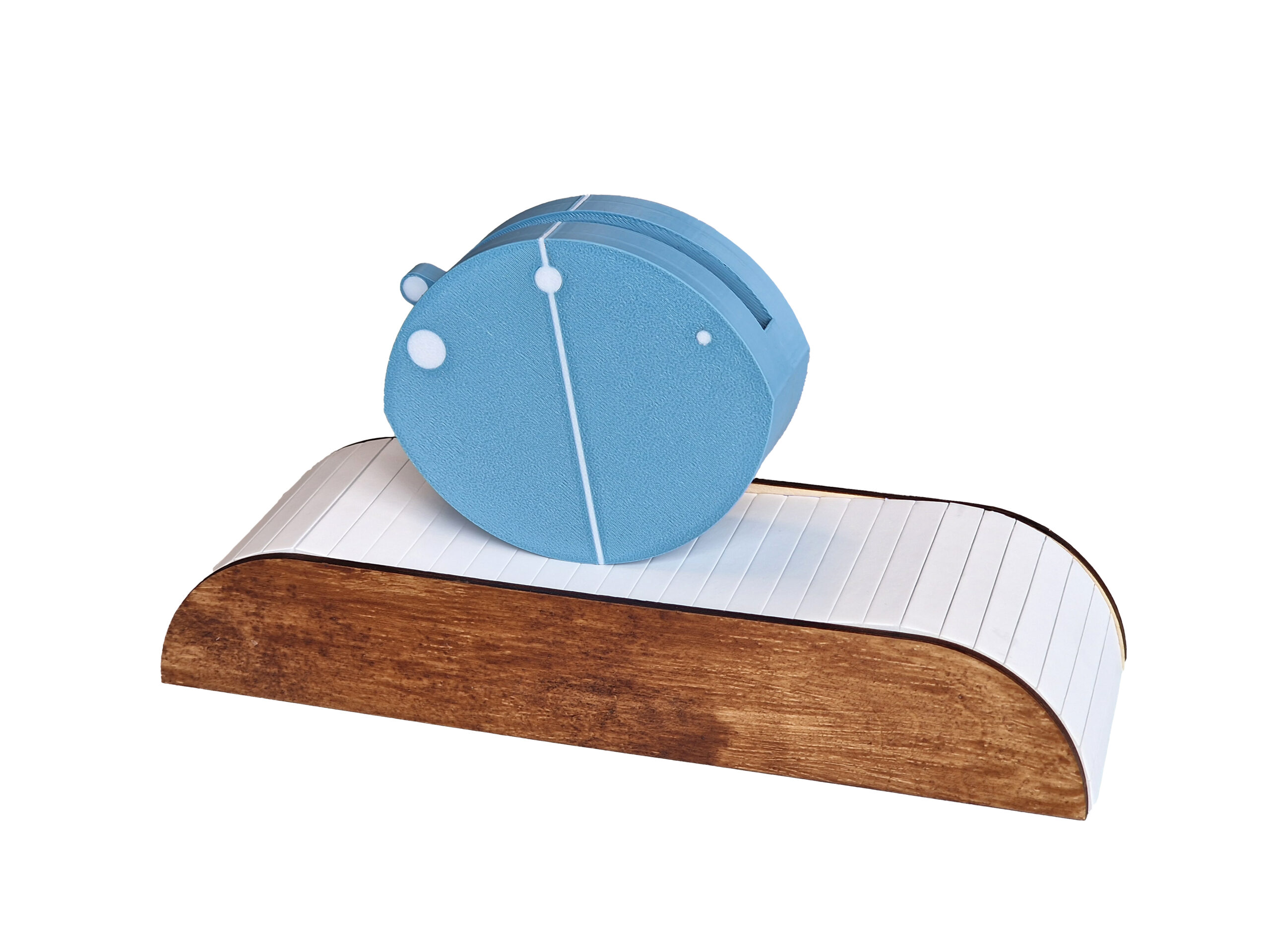
Aesthetics of Interaction
CA & US
In my second year, I followed a course, Aesthetics of Interaction in this course I learned about the importance of feedforward and feedback as it is crucial for making a design intuitive. Interactions can have both inherent and augmented or simulated feedforward and feedback. Together with my group, I made Wave Awake, an alarm clock which contrary to a normal alarm clock doesn’t show any numbers on it, instead you enter the amount of sleep you want by moving the slider. As a way of augmented feedforward, the slider is matched with 3 circles ranging from small to large. Large would be used for a long and well-rested night, but small can be used for a short nap. The slider also uses variable resistance to guide you to your optimal amount of rest. Finally, the device is positioned on a base station, where it will start rocking back and forth once your alarm ends. To turn the alarm off, you would have to physically take the device off the base station.
Initially, I didn't think much of the course but over time I have come to appreciate it more and more as feedforward and feedback can help making the user interface much more intuitive. Ever since the coure I have also started noticing these elements in real products or sometimes the lack of them. I think this course has really helped me become a more user centered designer.

Project 3 Design Research
MDC, TR & US
For my research project, we did research on how AI could aid Industrial Design students with building circuits and programming. With Large Languange Models such as ChatGPT becoming increasingly more popular, students are starting to use it for programming as well as circuit building, the issue with this is that LLM’s aren’t 100% accurate and usually only give the result and not why it made certain decisions, this is where Circuit Tutor comes into play. Circuit Tutor is an AI that doesn’t just give answers but rather guides you through the process of designing a circuit by dividing it into easily understandable pieces. It was made to have a custom chat-bot where users could enter what circuit they wanted, the AI would then guide them through the process of choosing parts. It would then send you to the circuit maker where you had to digitally connect the parts into a circuit. Finally, it would send you back to the chat-bot where it would help you by making bite-size pieces of code, explaining what it is used for and how the users could do this themselves in the future.

CBL Embedded Systems
MDC & TR
Coming towards the ennd of my second year, I wanted to deepen my knowledge on how to make a system work both electronics and programming wise. Therefore I chose the CBL Embedded Systems course from the computer science department as an elective. During the course we had to design a baggage sorting system on scale and make it work using electronics and a raspberry pi.
Working with students from other majors has taught me different methods of collaborating. Throughout the project I learned about the SCRUM method and how to make design sprints to beforehand set goals for each week of what should be achieved.
Even though the course didn't include any design elements, it has still helped me become a more well rounded designer. Learning more about electronics has enabled me to make higher fidelity prototypes, which I believe is an important factor to make a design convincing. High fidelity prototypes also help during user testing as the provide the user with a more real world interaction and thererfore allowing them to give better feedback.
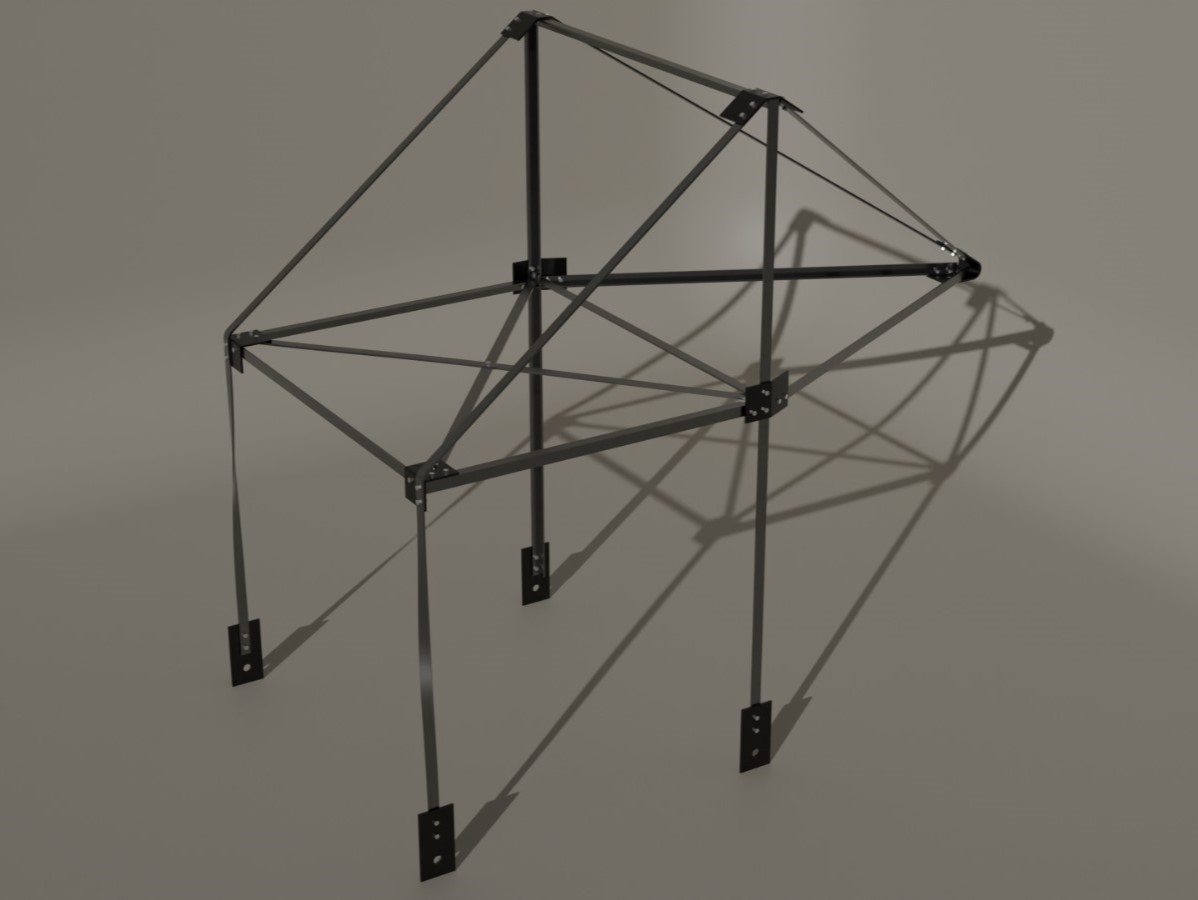
Introduction to Mechanical Engineering
MDC
Starting out my B3.1 I chose to follow electives. In the first quartile, I followed two Mechanical Engineering courses to learn how to calculate the strength of someting using computer software. Of the two courses, this was the practical one where the technical knowledge from the other course was applied.
During this course I got more experience with the scrum workflow which is something I was introduced to during a computer science course in the year before. I also learned how to use the software marc-mentat to analyze forces in a 3d model. For me this is a very useful skill when designing larger products. Knowing how well a product can handle forces ensures you can make a prototype/design that doesn't break on the first attempt.

Mechanics
MDC
The second part of the two Mechanical Engineering courses was Mechanics, this was a more theoretica course where I learned both how to use hand-calculations to calculate stresses, bending moments and when buckling would happen. I chose this course mainly to provide me with base knowledge that I needed for the other Mechanical Engineering course.

Design for Debate
CA
To try something new, I also followed the course Design for Debate during my B3.1, during this course we were taught to also think of more than human users when designing a products. I however found out that this was a bit to spiritual for me which furter confirmed that I like to design practical products. Following the course however wasn't completely useless as it gave me new insights of how to think of the environmental impact and afterlife of a product.

Design for Games & Play
MDC & US
During the second halve of my B3.1, I followed the elective Design for Games & Play. Even though I don't have much with game design, I chose the course to learn more about how the user experience is designed. During the project, my group and I designed an educational game which was meant to convince people to study electrical engineering. In the game there were various challenges you had to complete to see wheter electrical engineering would be a good fit for you. Working together with the electrical engineering student in our group has taught me more about working with circuits and programming the game in unity further expanded my programming skills. Finally, during the theoretical part of the course, I learned more about keeping the players engaged, what makes for a good game, and how to make a game intuitive to play. The latter is something that overlapped with theory I learned during Aesthetics of interaction.
Overall, I achieved my goal of learning about user experience design. Even though the theory was for designing games the main methods can also be applied in traditional design. Finally, it showed me how most expertise areas usually come into play in every design process, even when designing a game.
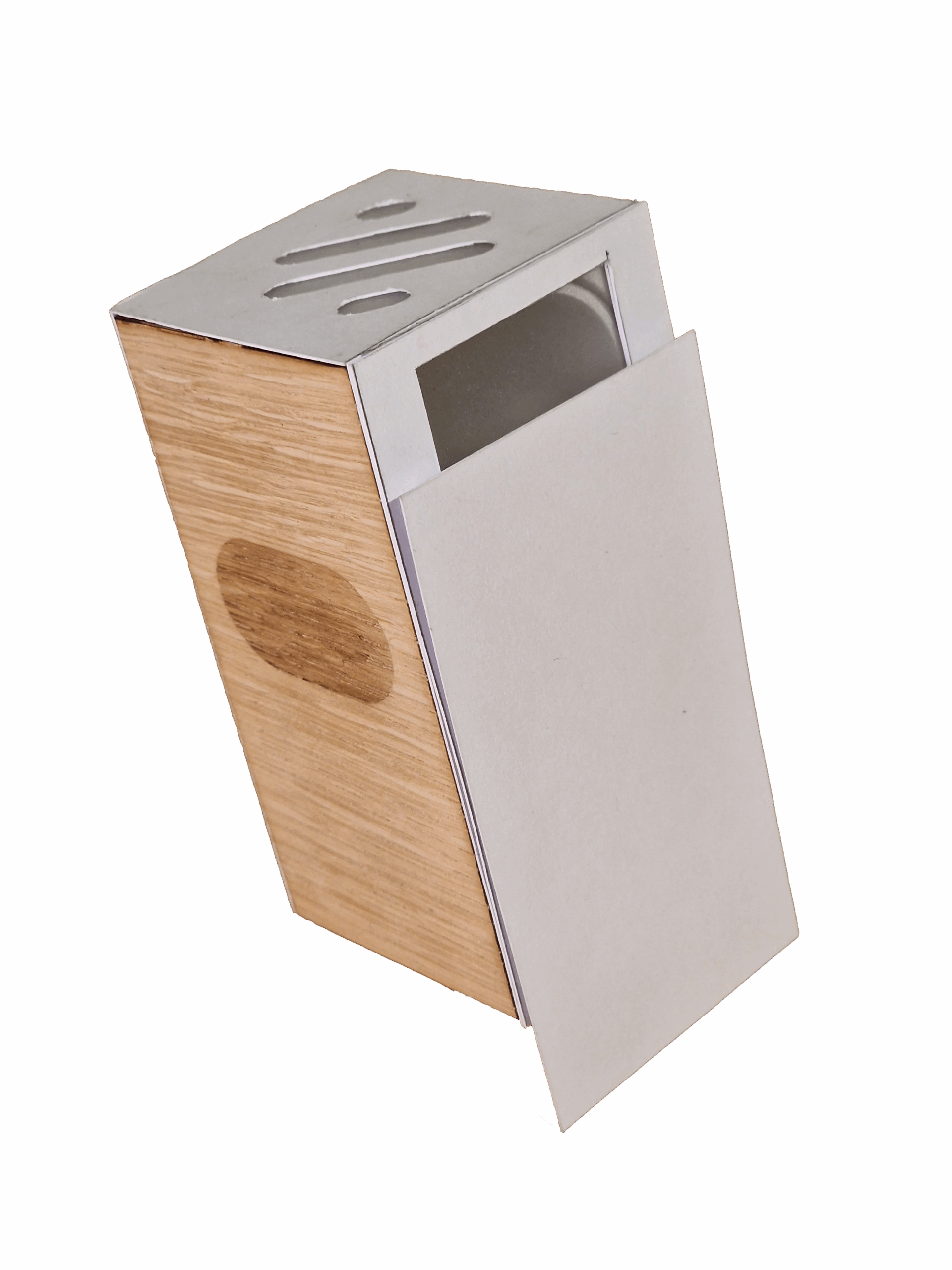
Exploratory Making
CA, TR & MDC
In my third year, I followed the course Exploratory Making. During this course, I learned the importance of exploring rather than just making something, as it gives you the opportunity to reflect and it can give you inspiration of mechanisms or features that could be useful for a final design, which you otherwise might have missed because of tunnel vision. From the explorations I have done, I found that I wanted to make a small portable light. Something which I initially didn’t think of was having the top of the device open once you pick it up so it can be used as both a flashlight and portable accent lighting. The side of the device could be swiped down to open up the LED lights on both sides while also placing the device at an angle, which resulted in a nice light distribution on both the table and the wall.
Overall, during the course I was able to use a lot of the knowledge I gained during prior courses such as Aestetics of Interaction. It also really deepened my knowledge in Creativity and Aesthetics by showing how even low fidelity prototypes can provide enough function for the usuer to provide feedback. Low fidelity prototyping also has the benefit of not making you get stuck on a design because you put a lot of effort in it.

Keyboard
CA, US, TR & MDC
Recently, I have been working on designing a custom keyboard as I was dissatisfied with the range of keyboards that are currently available. They are either very bulky or don’t have mechanical switches. This is why I designed one myself. It uses low-profile tactile mechanical switches to minimise the form factor but still make the switches have the right feel. These switches are also hot swappable in case you want a more linear or clicky feel. The keyboard is also completely wireless and has a magnetically detachable numpad, so it can be stored when not in use, but once you need it, it can effortlessly be attached. Finally, it uses a dial for audio control to give the user a more precise and intuitive interaction than pressing multiple buttons.
Even during my extra curricular design projects I was able to integrate most expertise areas into the design. The only expertise area that wasn't used is Business and Entrepreneurship as it was only designed to be used by me though it would be something interesting to look into when planning to release it as an actual product.
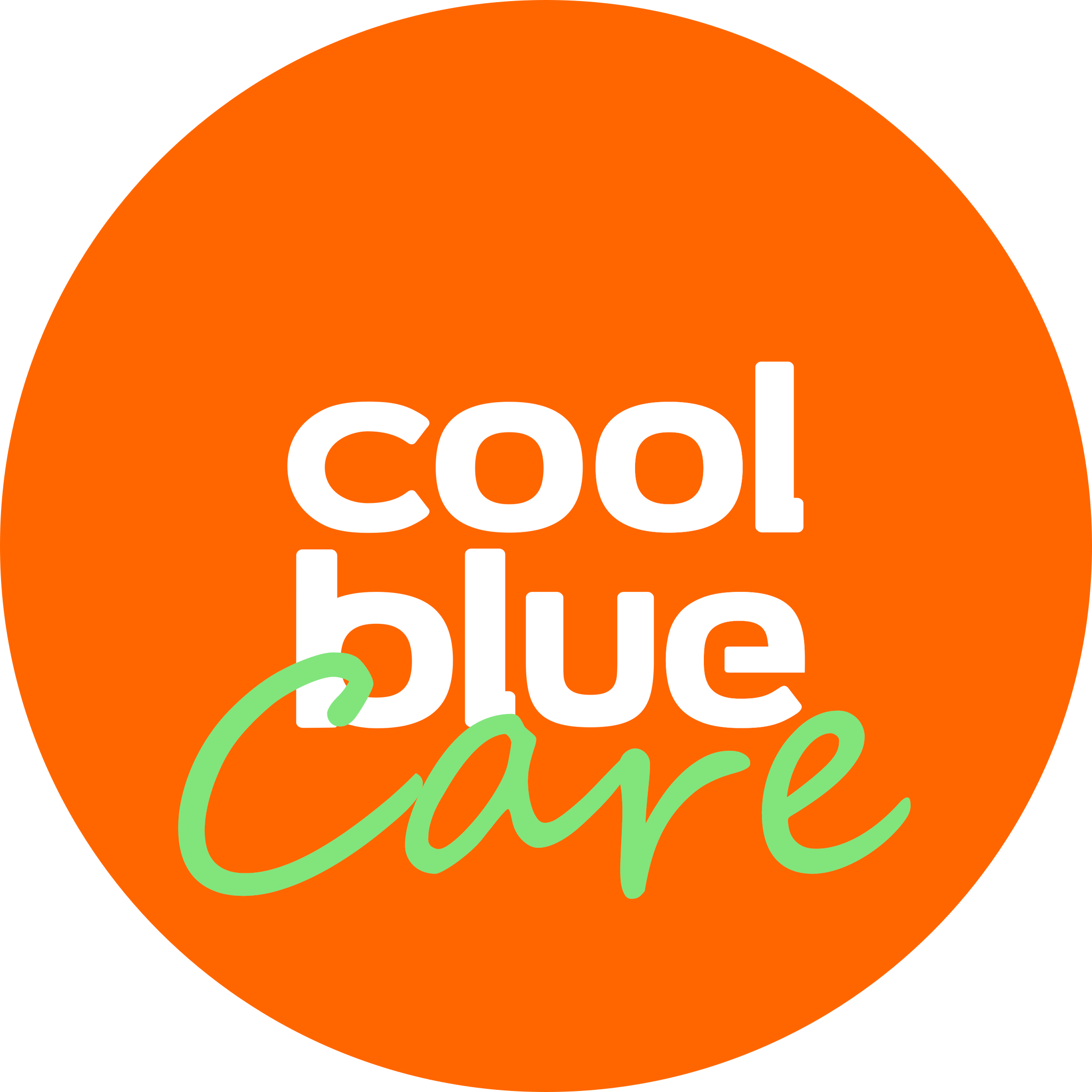
Design Innovation Methods
BE
In my third and final year, I also expanded my knowledge in the Business and Entrepreneurship area. During Design Innovation Management, we were tasked with exploring possible new markets for Coolblue to expand to. Here we came up with the concept of Coolblue Care, an extended warranty subscription offering both technical support for all your devices as well as discounted repairs. Throughout the process, we had to analyse the business strategy and feasibility of the design using various methods. .
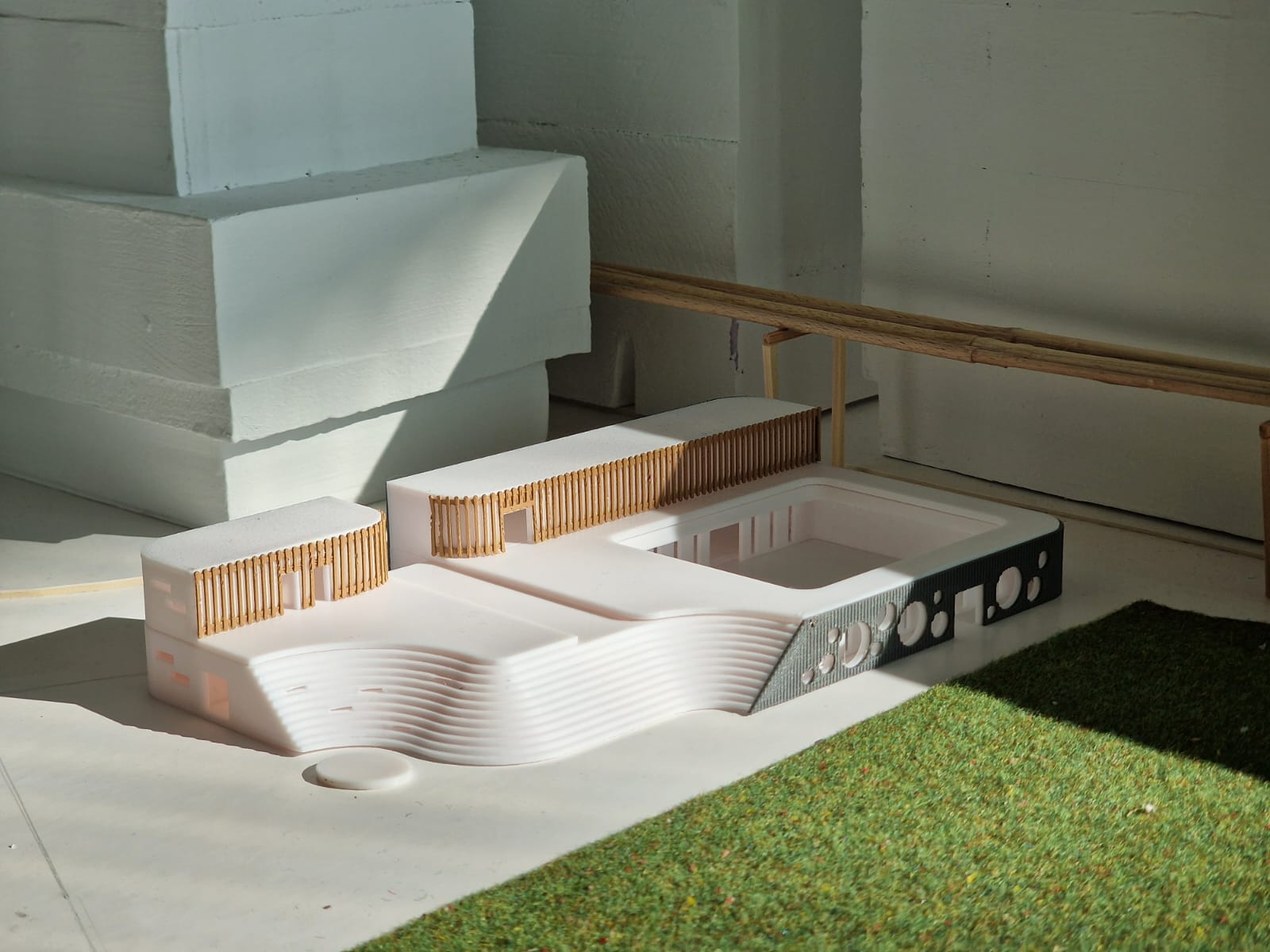
Project Architectural Design
CA & US
In the final quartilr of my bachelor, I followed a course about architecture. I did this because I wanted to learn more about (natural) lighting in buildings. During the course I had to design a building with a concert hall, restaurant and artist studios. As Expected the project taught me a lot about light and sight-lines in building and how to ensure it is intuitive for visitors to walk through the building. To my surprise the course also included a lot of sketching. This is something I didn't have much experience with beforehand. Because of all the sketching I had to do my skills have greatly improved by now also being able to add toning and more depth. Sometimes however the assignment went a bit too far when sketching was required where a 3D model would have been easier to make and showed much more detail. This could however also be because of my experience with 3D modelling.
Overall the course did add a lot to my development, being one of the final pieces to add Creativity and Aestetics to my expertises on top of US, TR and MDC.
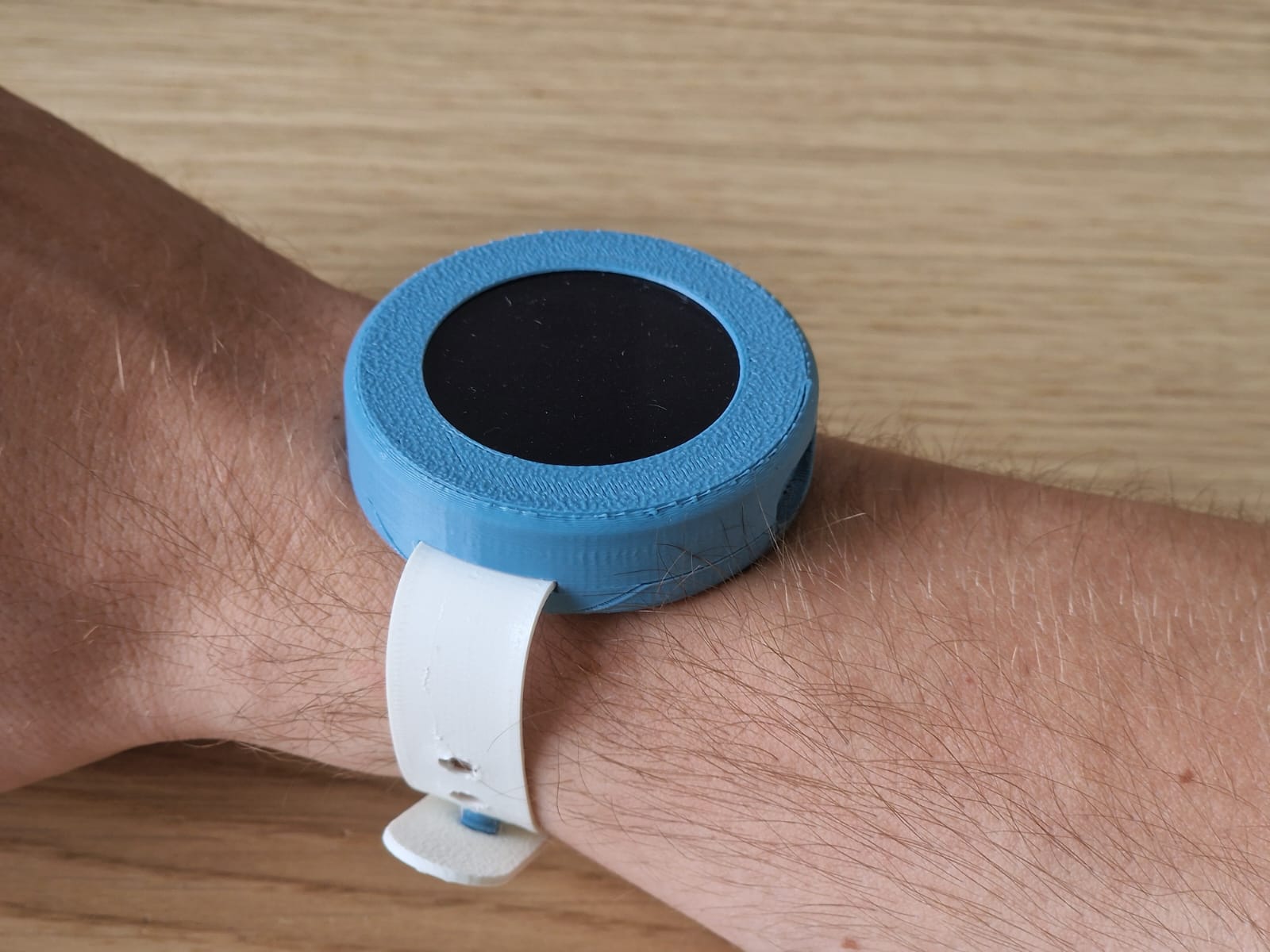
Intelligent Interactive products
MDC, TR & US
My final elective was Intelligent Interactive Products, a course about using machine learning to predict patterns and make products interactive. During the project, I had to use the Weka machine learning model and microcontrollers to detect behaviour. Besides teaching me the practical application, this course also taught me more about the theory behind machine learning and the different models such as K-Nearest-Neighbour or Linear Support Vectors. Finally, I learned when you should use one model over the other and how to evaluate the effectiveness of a machine learning model.
I would have wished I would have followed this course earlier as I believe machine learning is someting very powerful for creating technological prototypes. It also would have been very helpful for my FBP about AI.
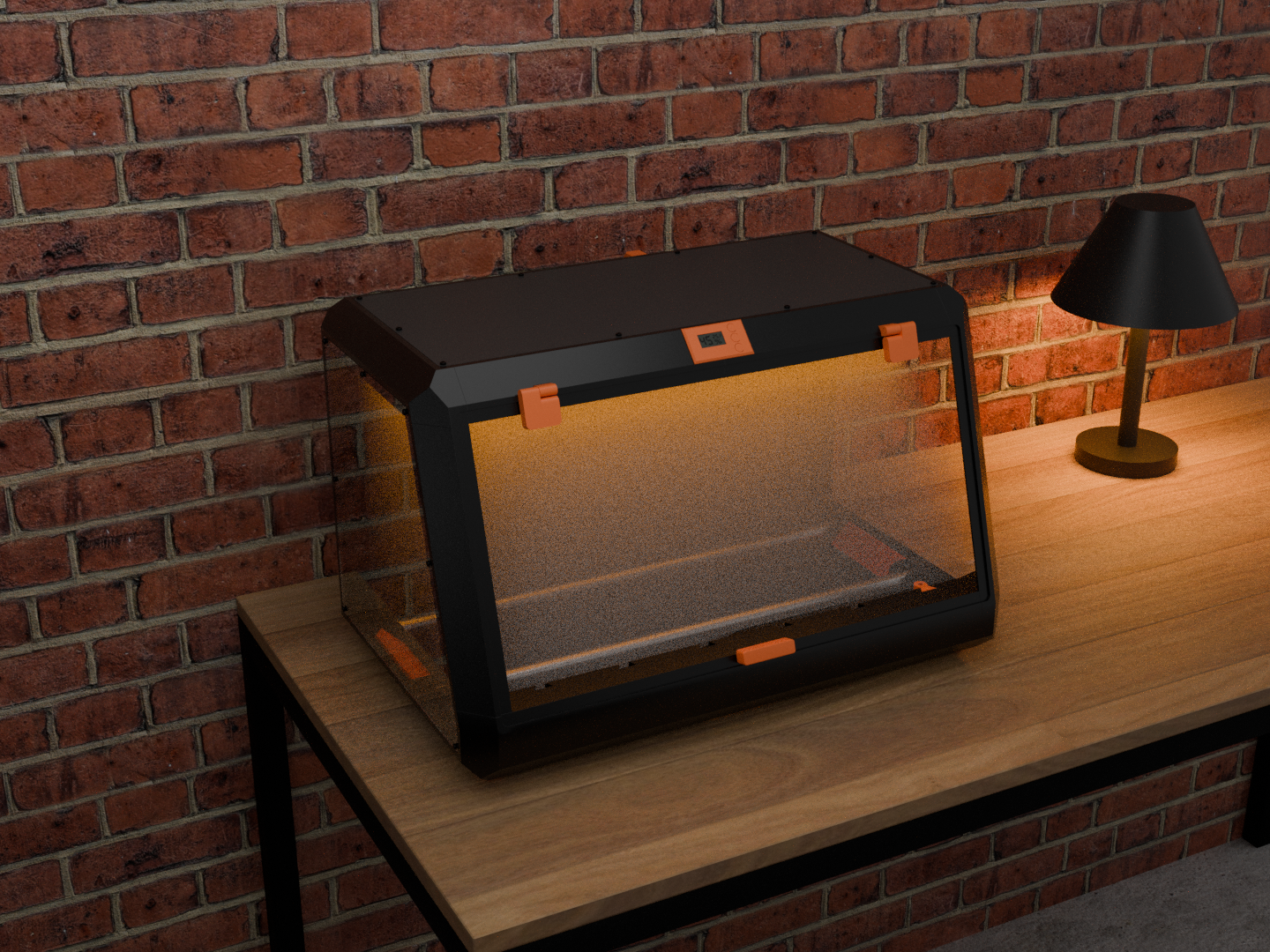
(Un)original Prusa Drybox
BE, CA, US, TR & MDC
For a Printables design contest, I designed the (Un)original Prusa Drybox, an open-source drybox that can be 3D printed using most 3D printers. For 3D printing, a drybox is a necessary tool to dry your filament as wet filament leads to reduced print quality and strength. Because everyone might want to use the drybox in a different way or location, it is designed to have modular parts that have the filament exit in different locations. Initially, the drybox was only intended to prevent moisture from entering the filament; however, recently the design has been updated such that users can also use active heating to remove the moisture from the filament. Both of these designs are currently being sold through a third party. Finally, a successor for this design is currently in the works and will be released soon. This will have many improvements to make it more of a plug-and-play experience.
Throughout this design process, I was able to integrate all the expertise areas. It started out by used just CA & US for the passive drybox and lateron I worked a lot with TR and MDC when designing the active heating element. The expertise area I developed most during this project is Business and Entrepreneurship, as I performed multiple rounds of market analysis and the design is currently being sold by an external party.

Final Bachelor Project
TR, US, MDC, CA & BE
One of the best projects I have done was my Final Bachelor Project. For this project, I chose the topic of using Artificial Intelligence to personalise lighting experiences. Lighting can be very personal, and everyone has different preferences for it regarding both brightness and colour temperature. Therefore, I have created lamp-one, a desk light meant to be used in offices. This lamp will learn from your prior behaviour as well as your environment to predict the perfect light settings for you. The lamp has both a large light used to light your desk, but also a smaller but brighter task light, which can be used for reading. The device has 4 degrees of freedom, giving the user the ability to use it in any position they’d like.
To get to this point, I have done 3 rounds of user testing. Initially, I started testing how the AI should function by giving a small prototype with functional AI to 5 participants. This gave some interesting insights, such as that the light shouldn’t automatically turn on and off, as this is too sudden a change, making the user feel like they don’t have control over what is happening.
This was followed by testing different interactions of how to control the light; here, the focus was also shifted from lighting in general to personal office lighting. From this user test it became clear that users want to be able to control the light with as little interaction as possible while still being intuitive. Specifically, this resulted in a dial which can be moved up and down to control the brightness and rotated to change the colour temperature. The device could be turned on and off by tapping the top.
Finally, a short study was conducted among office workers to verify the concept and inquire about their current uses of light in and around the office.
Overall, this is most likely the project I have learned from the most. Having to do everything on my own, it was sometimes challenging to make a decision for taking the next step, but after discussing with peers I was often able to make a good plan. During this project I have also used almost all skills I learned during both TU/e courses as well as extracurricular activities. From performing user studies with cultural probes to designing custom PCB's to create a high fidelity prototype to creating a full brand identity. This project truly brought together all expertise areas. Because the project took much longer than a regular course, it allowed me to fully make use of each of the expertise areas. From this I found out how interconnected they actually are as you can't make a good design when you are missing even one. For example, to create a good user experience (US) you must do market analysis (BE) to get to know what they want and need.
In the end I am really happy with the design I was able to create and this design is also something I want to take the next steps for to turn it into a real product.
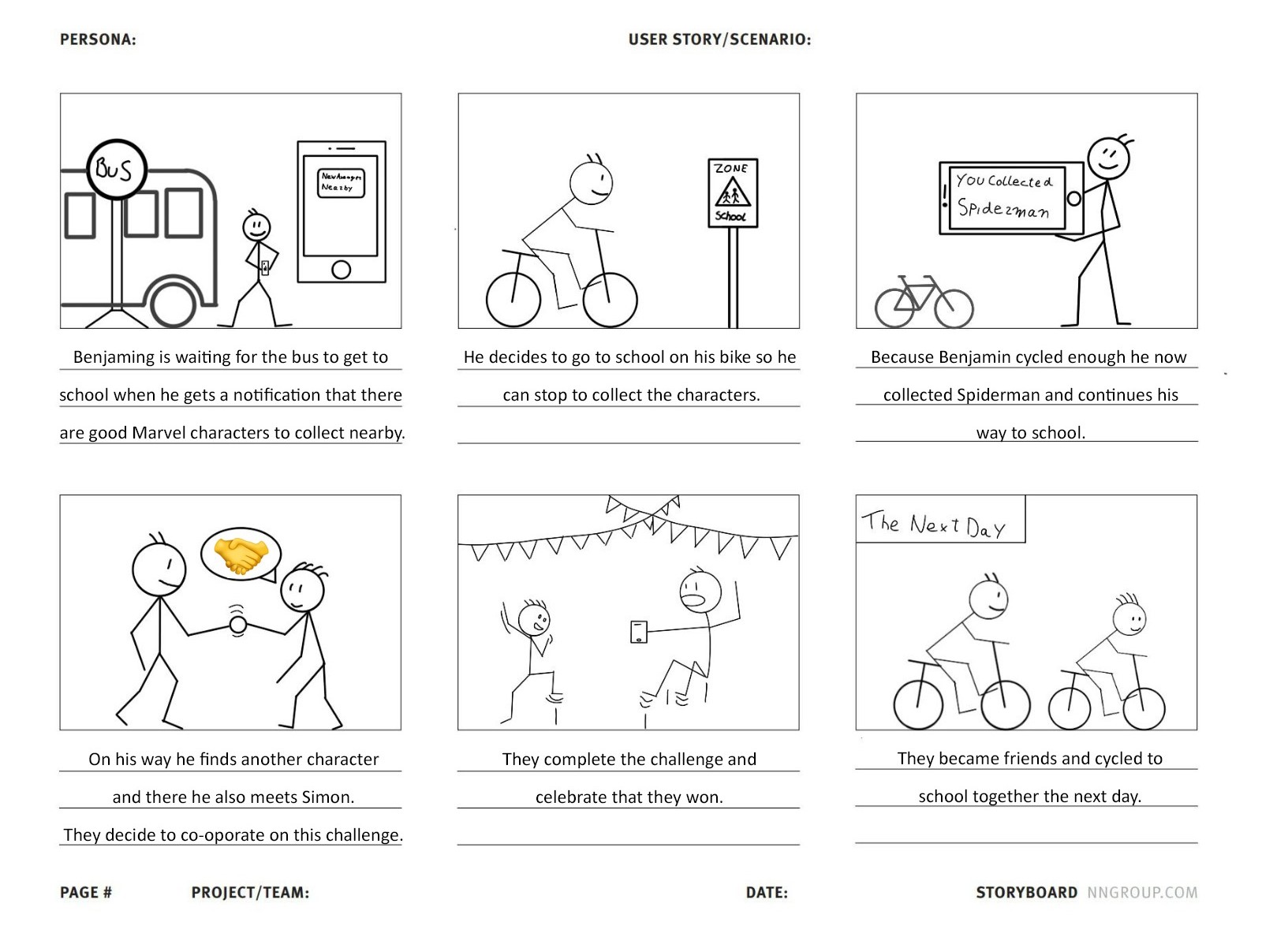
User-Centered Design
US
User-Centered Design was the first course I followed which focussed on designingn with a user in mind. During the course I learned how to gather requirements, create personas and make a scenario. Using these tools you can empathize with the user to get a better understanding of their needs.
Because of the course I had also gotten an interest in User Centered Design as it gives a design a purpose, which is something I really like. I have since also shifted my identity and vision towards a more user-centered and technology focussed designer.
Overall, this course has provided good base knowledge on how to make the design meet the interest of the users. Ever since I have also been considering the user in every project, both during the early and later stages. I think personas are a bit more of a complicated topic as they can be a valuable way of empathizing with the user. But I believe it would be better to make personas based on actual users rather than a fictional description.
